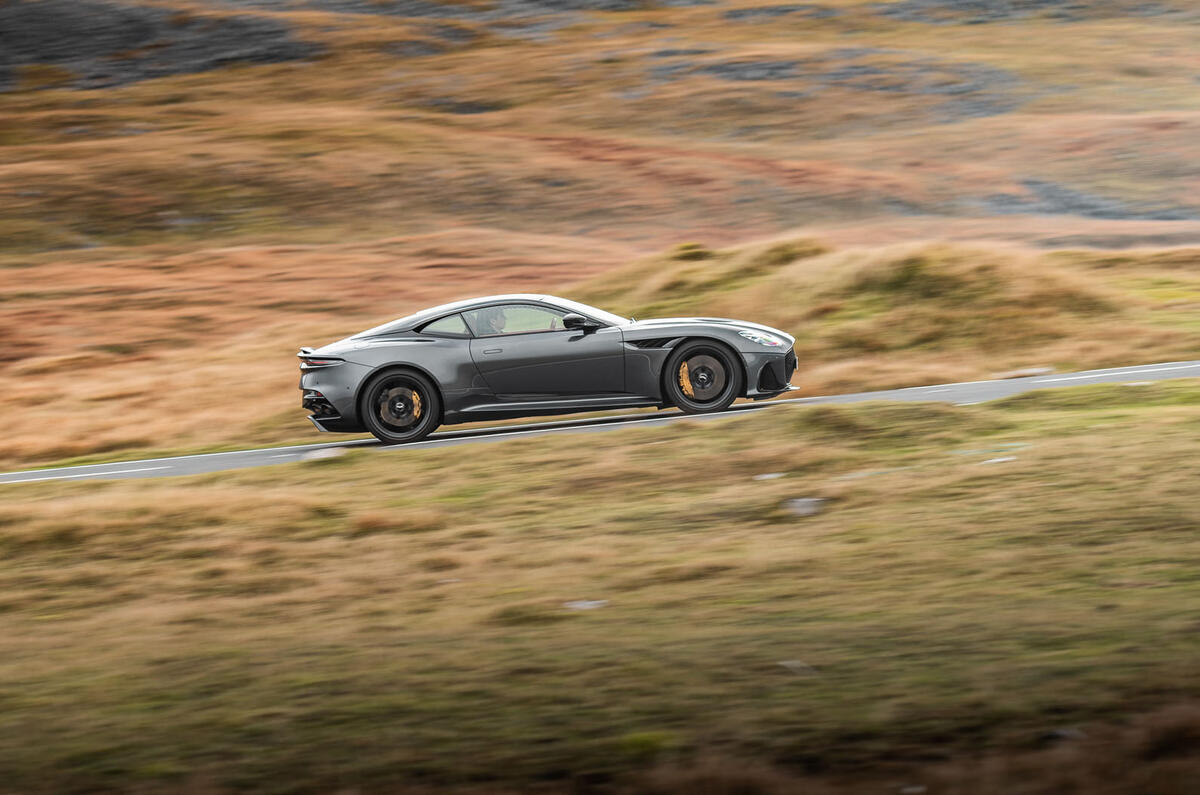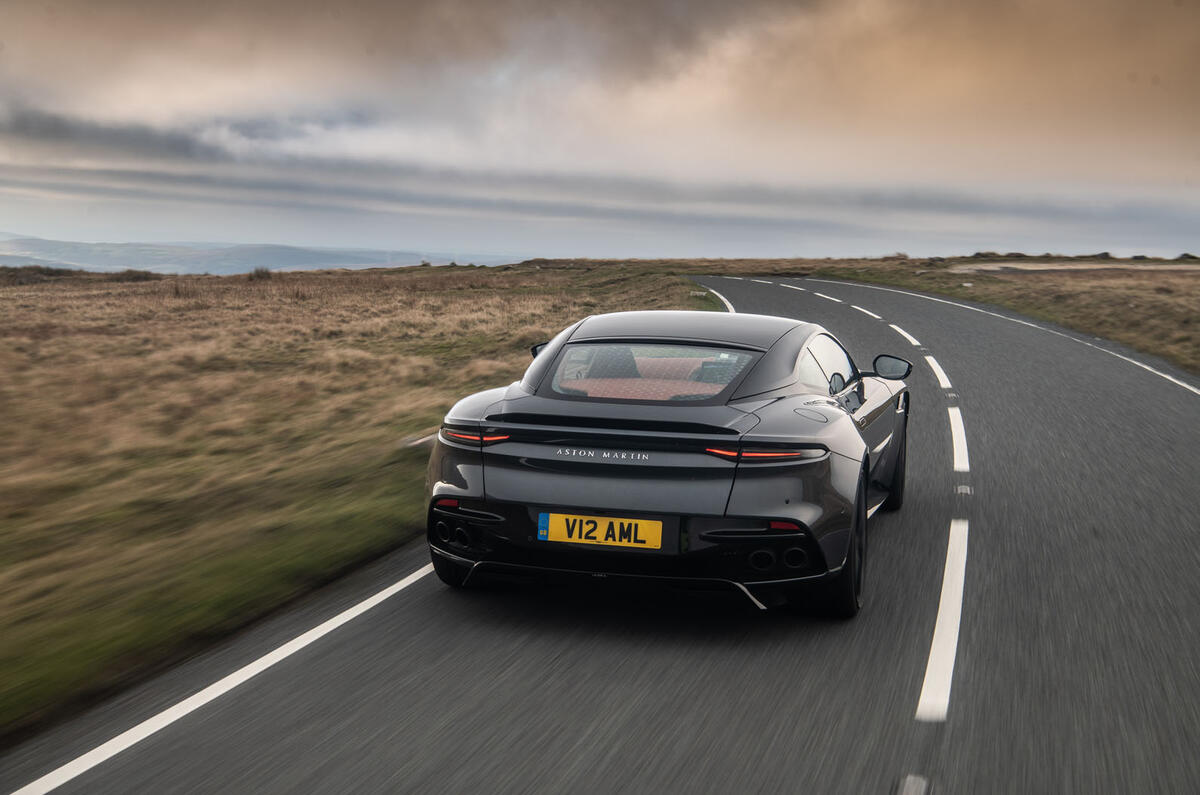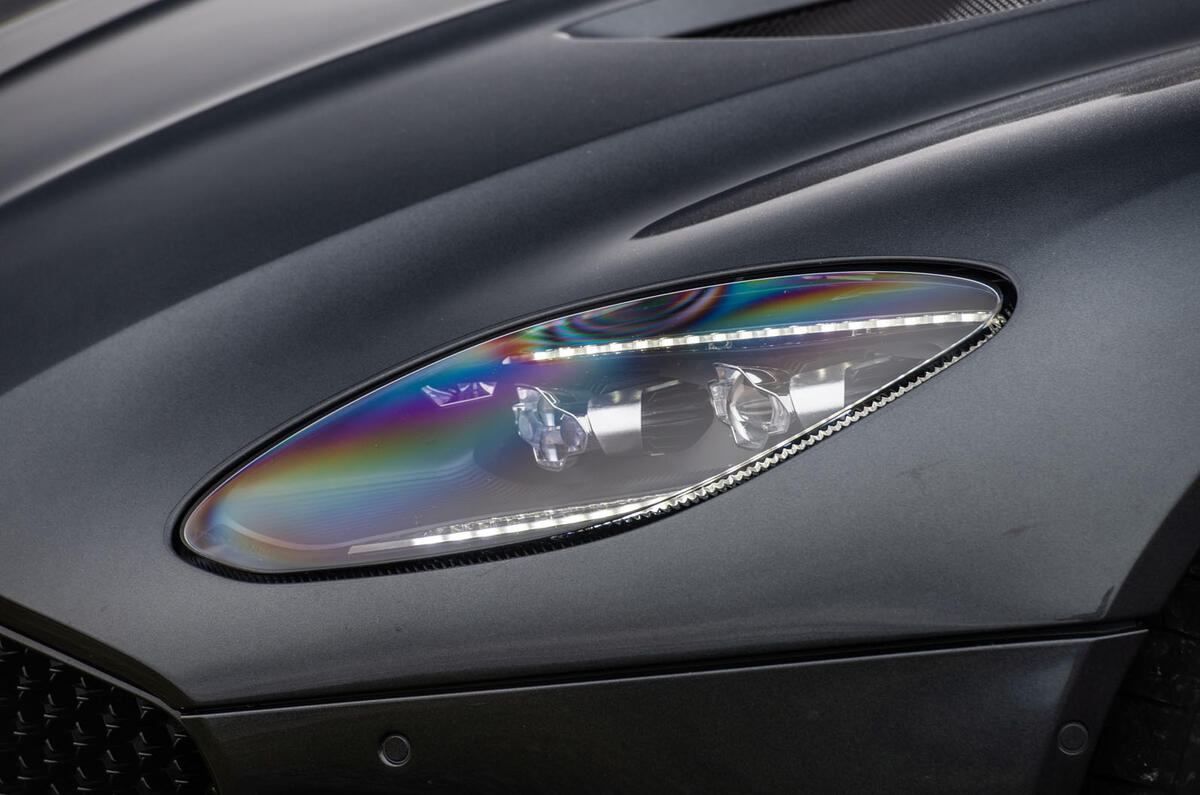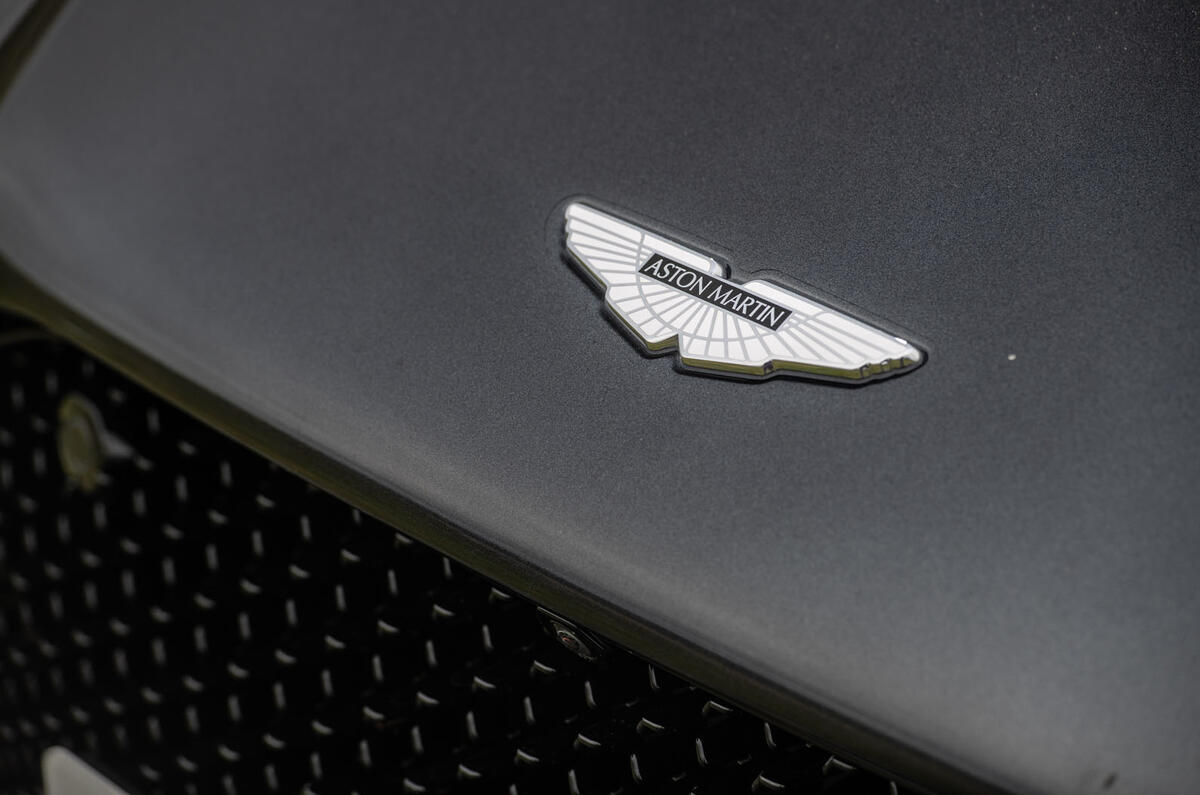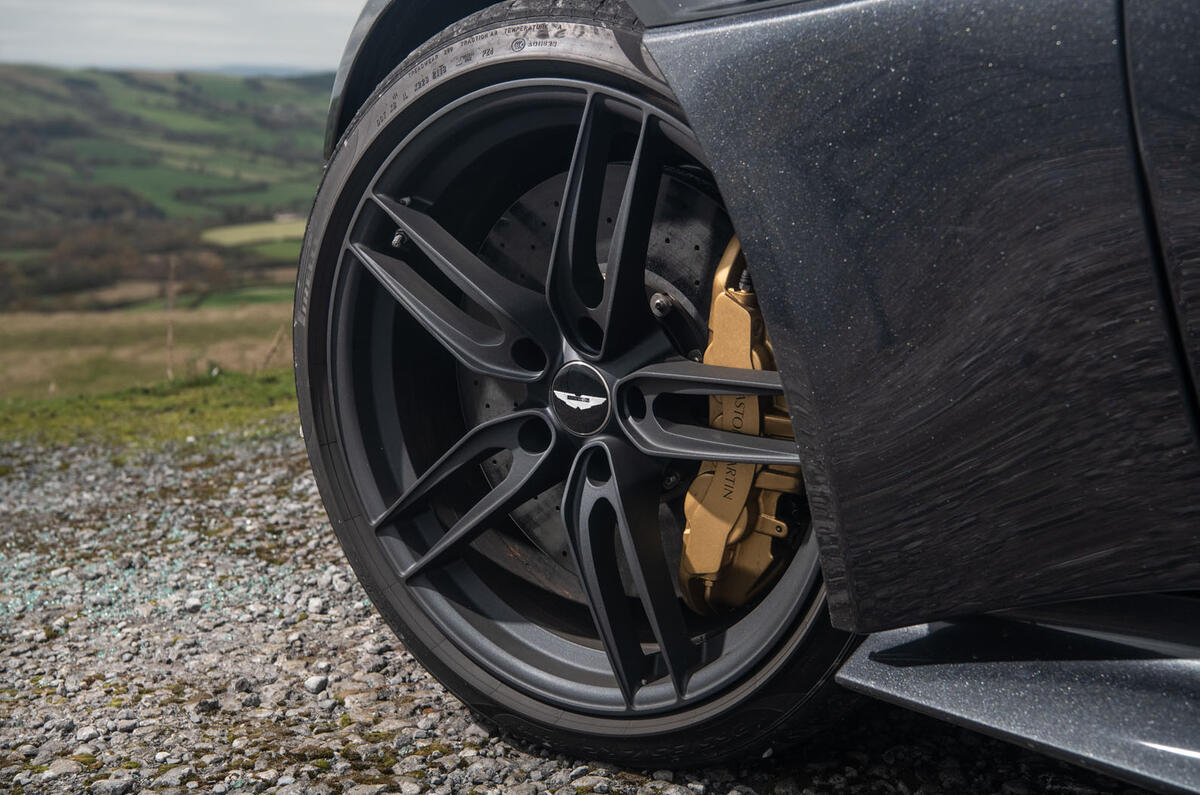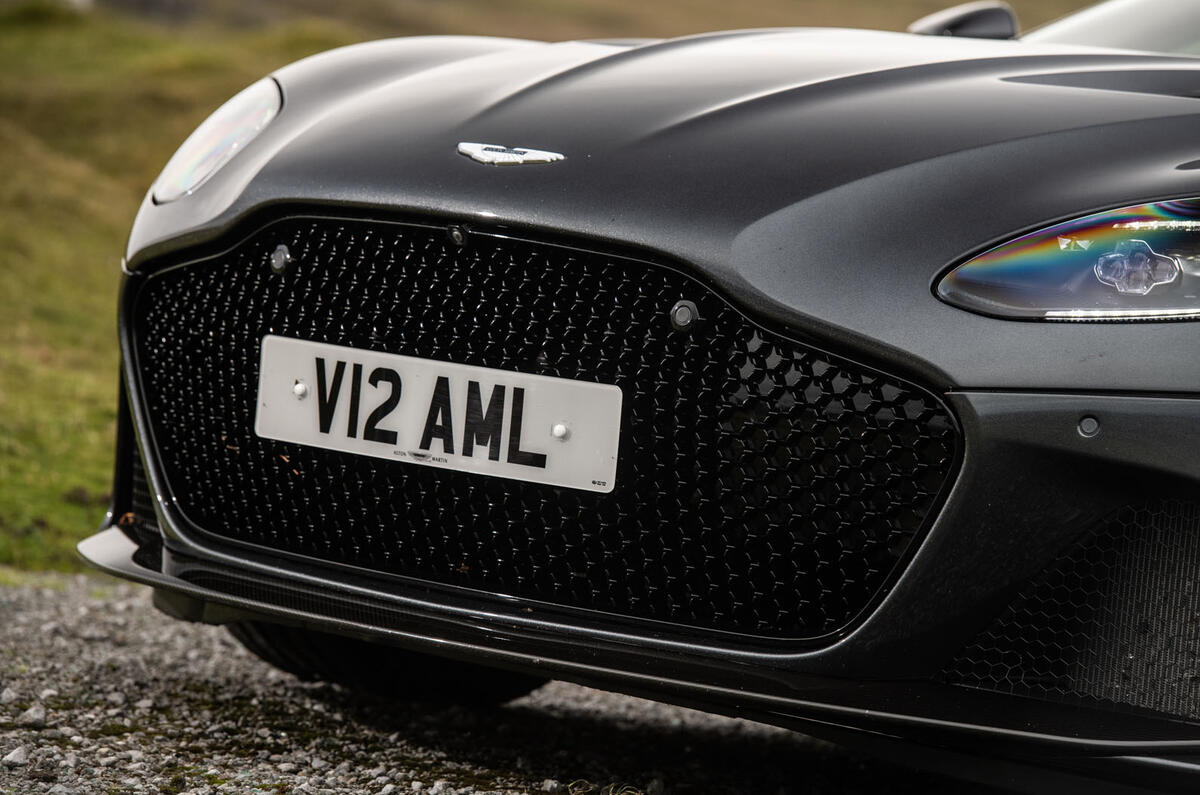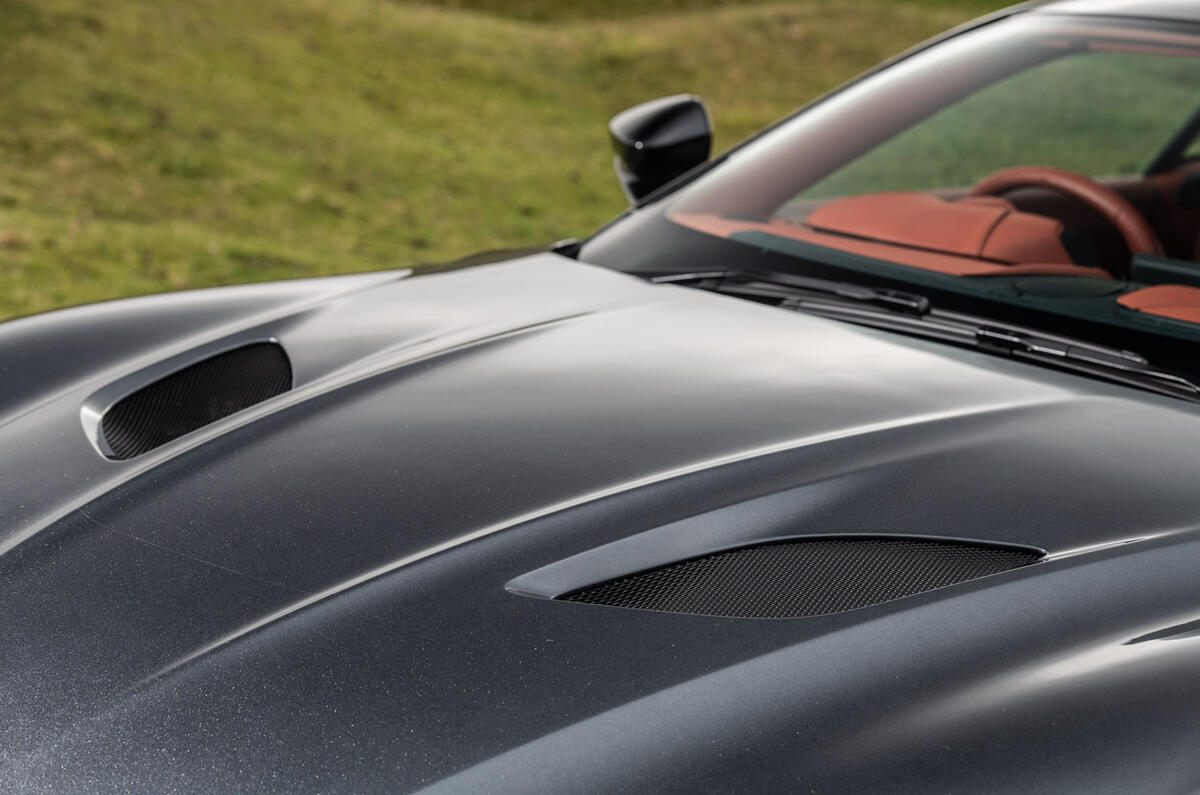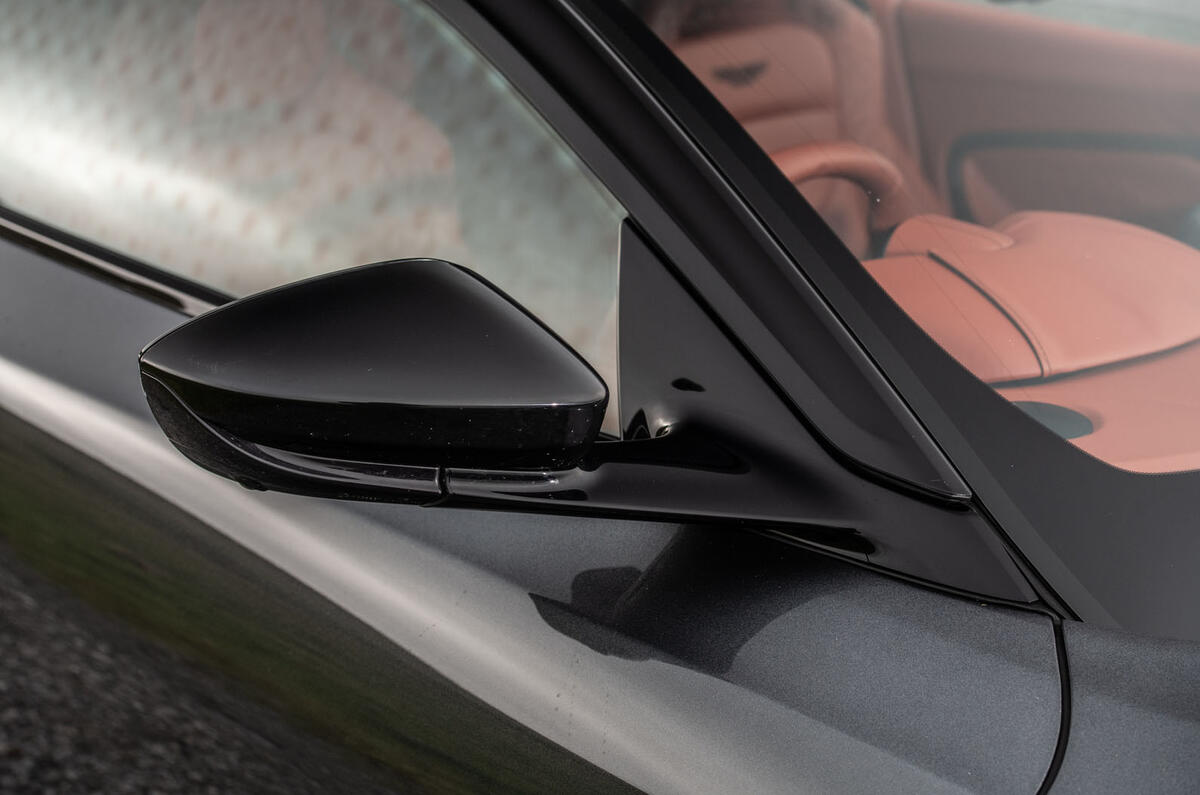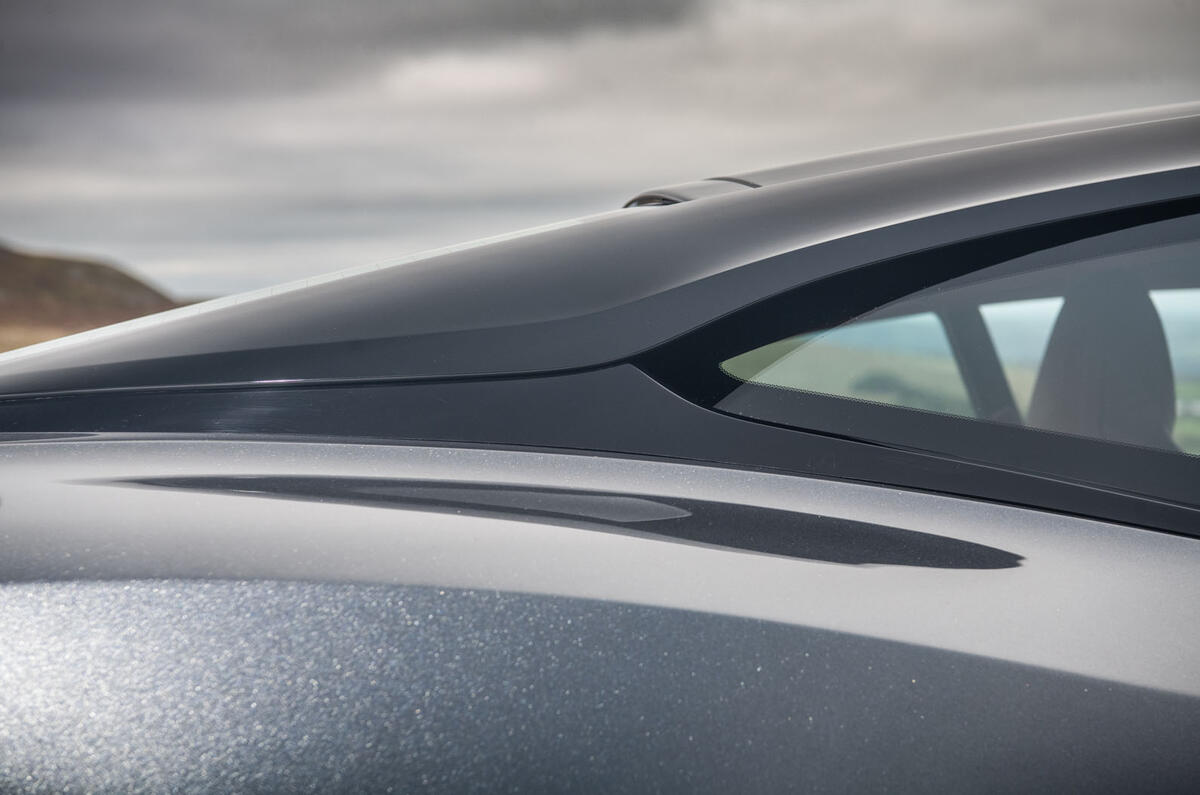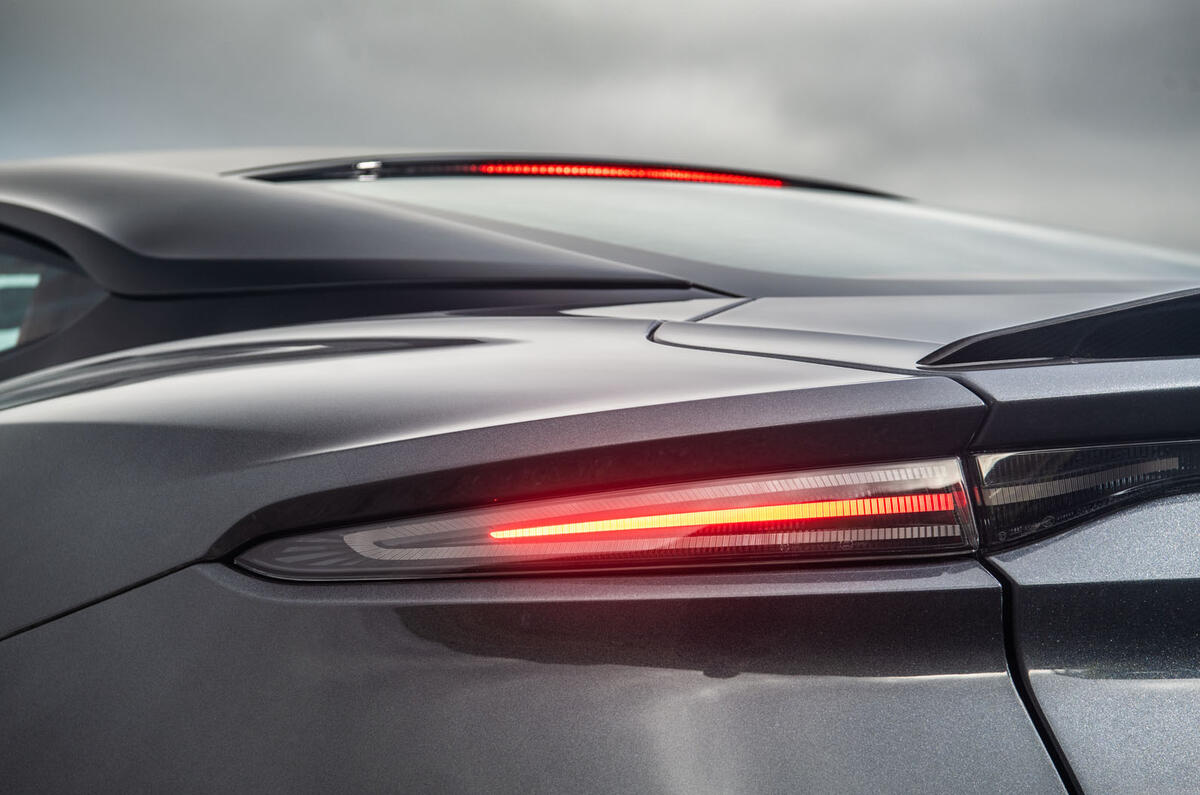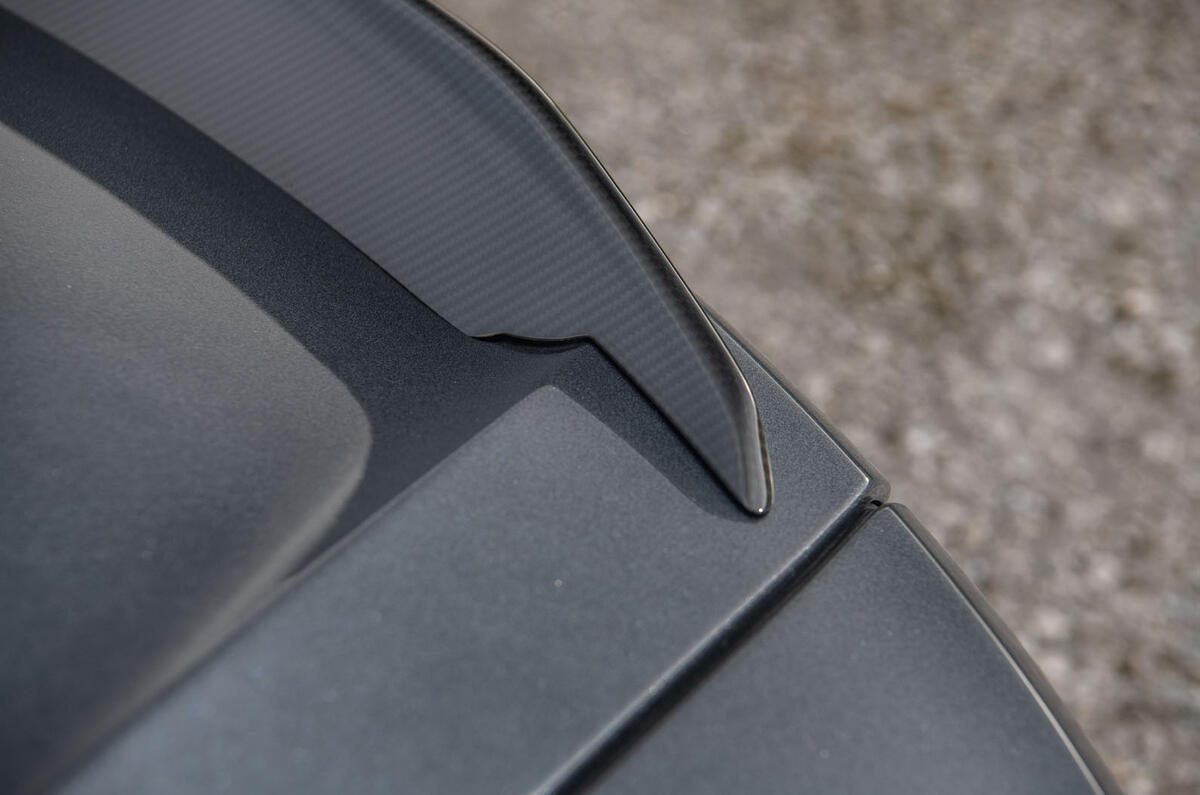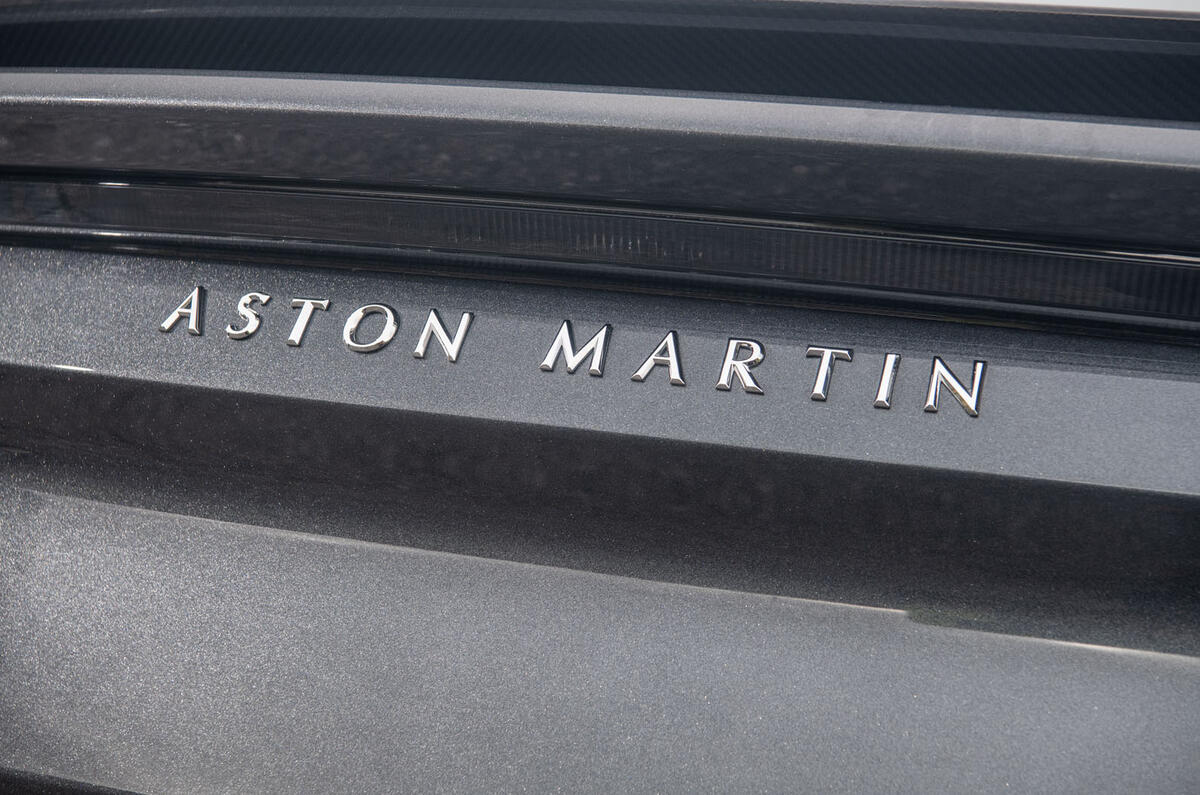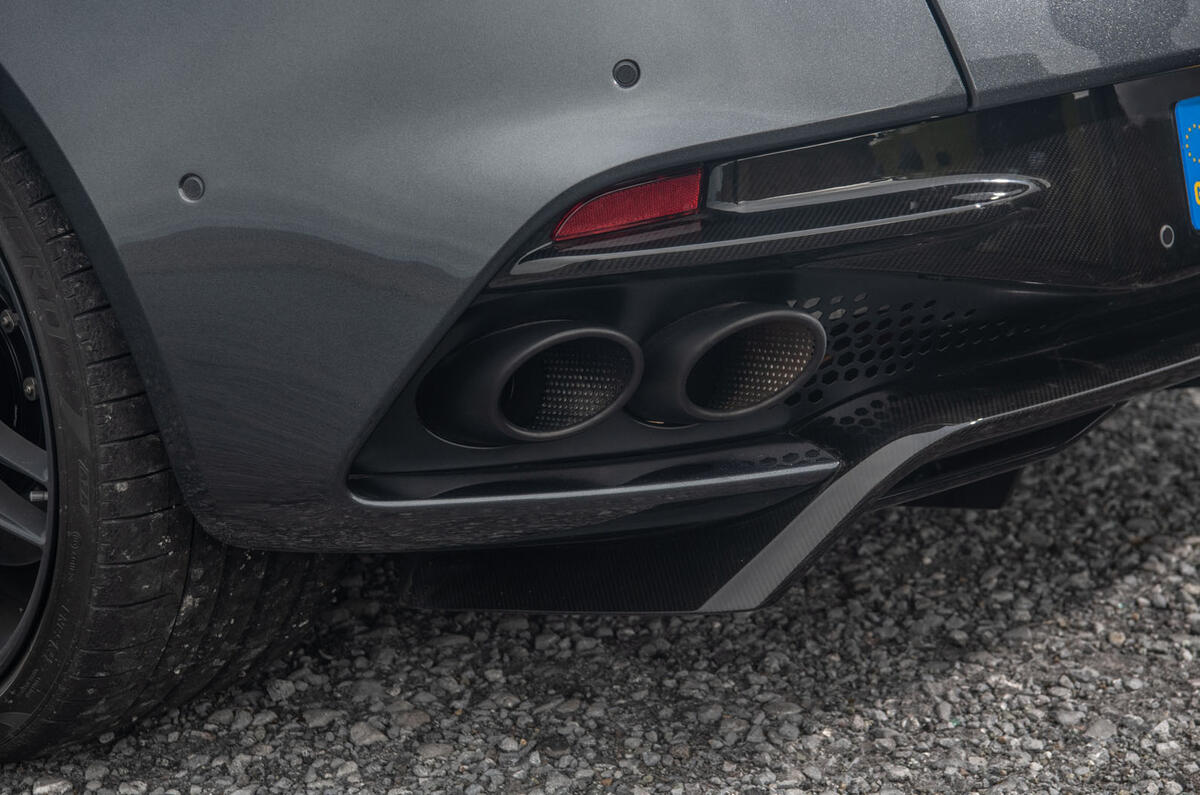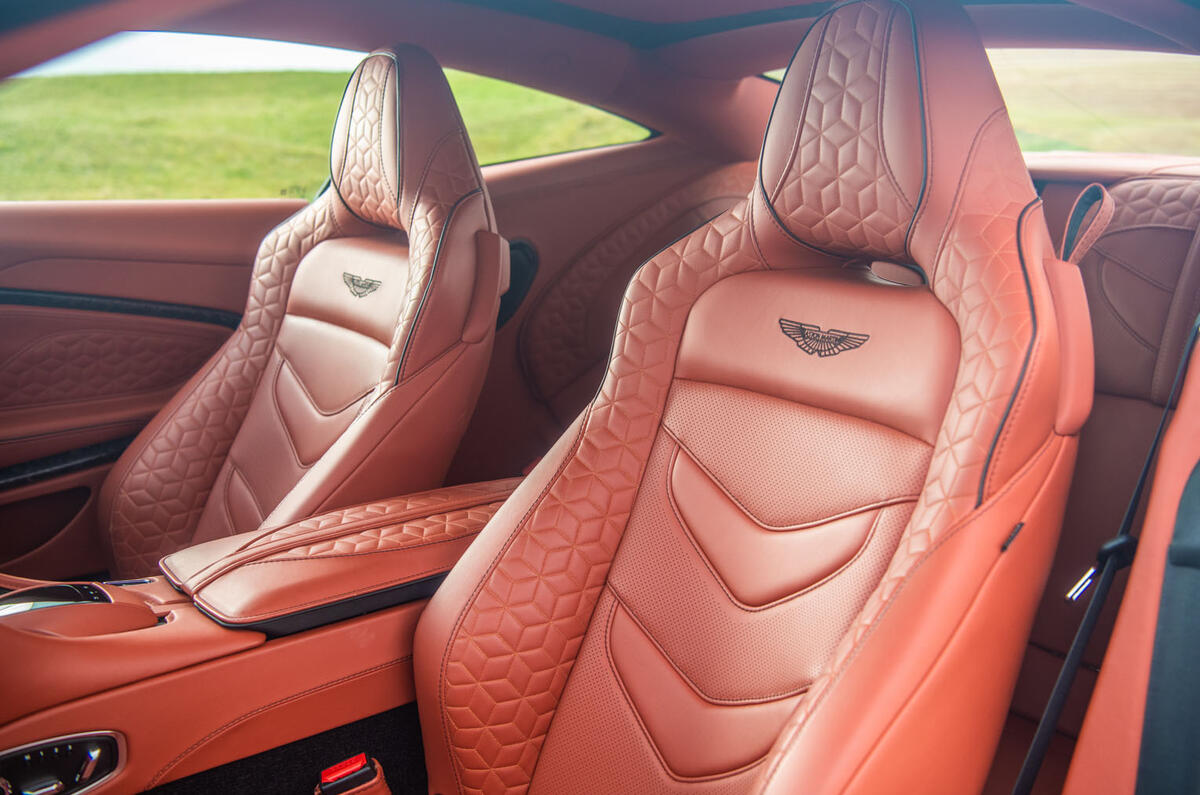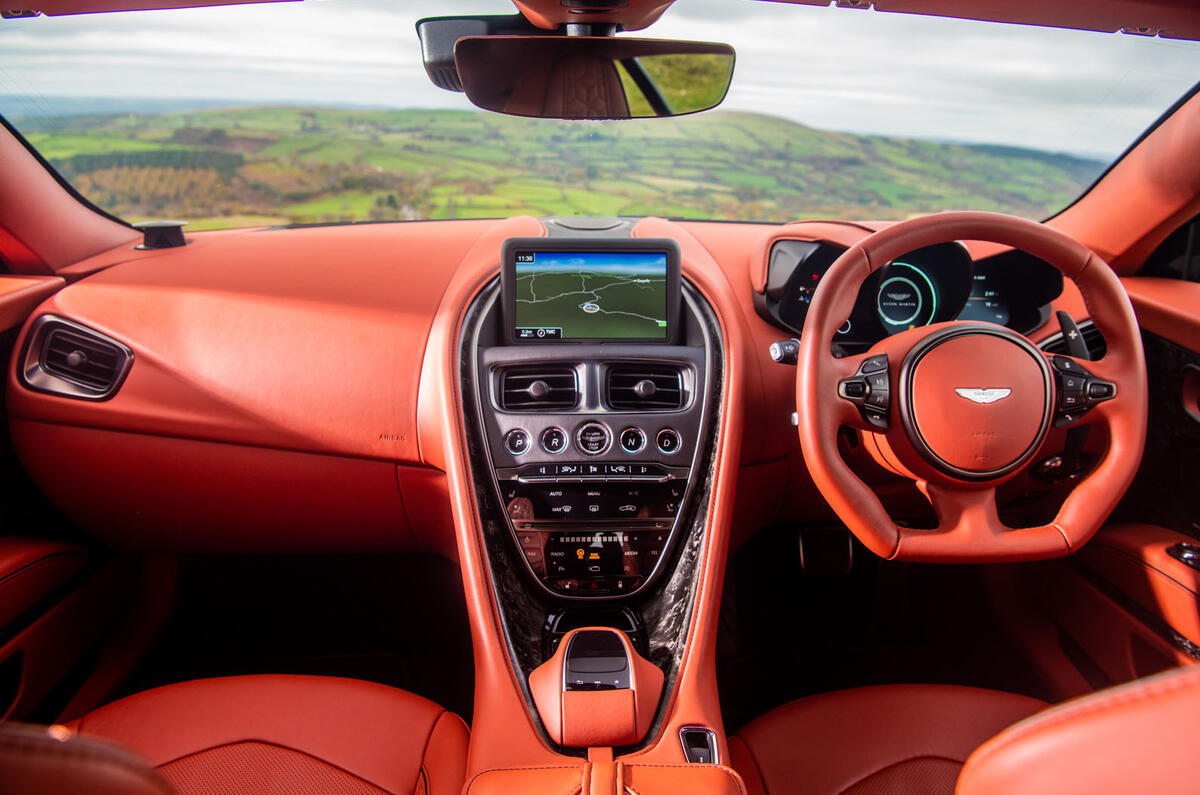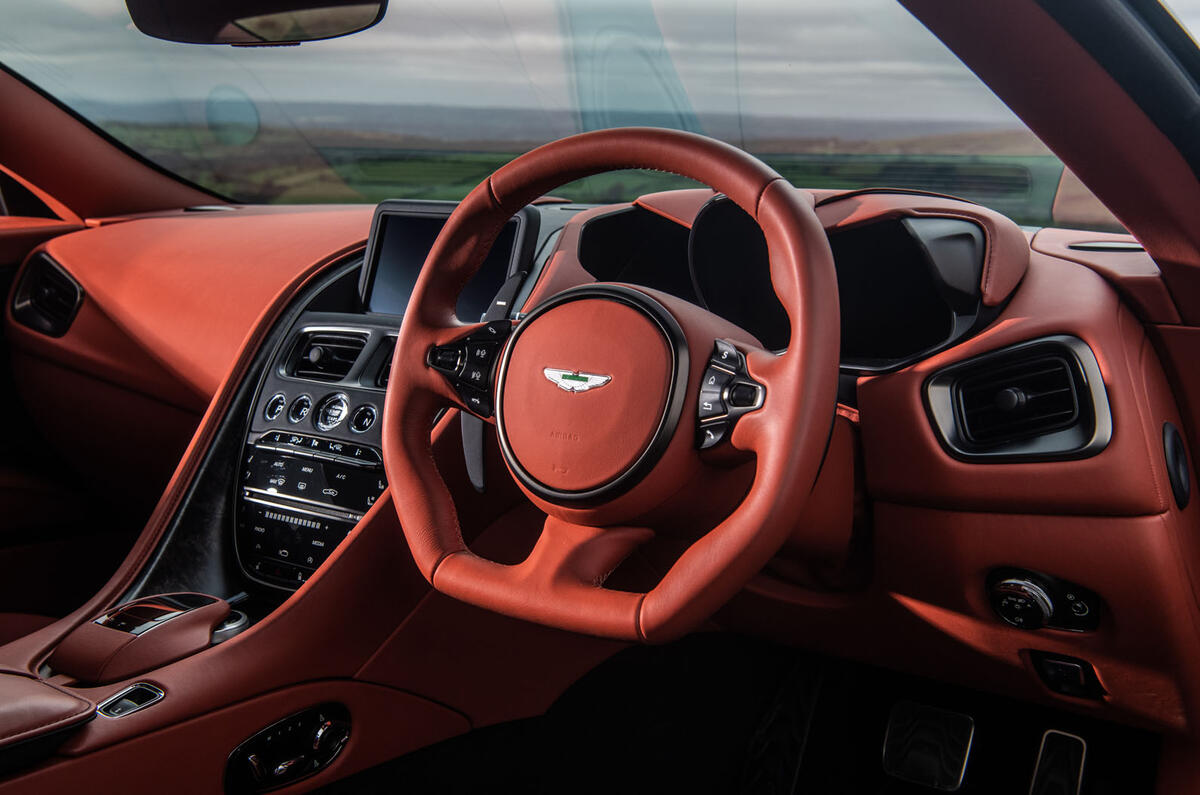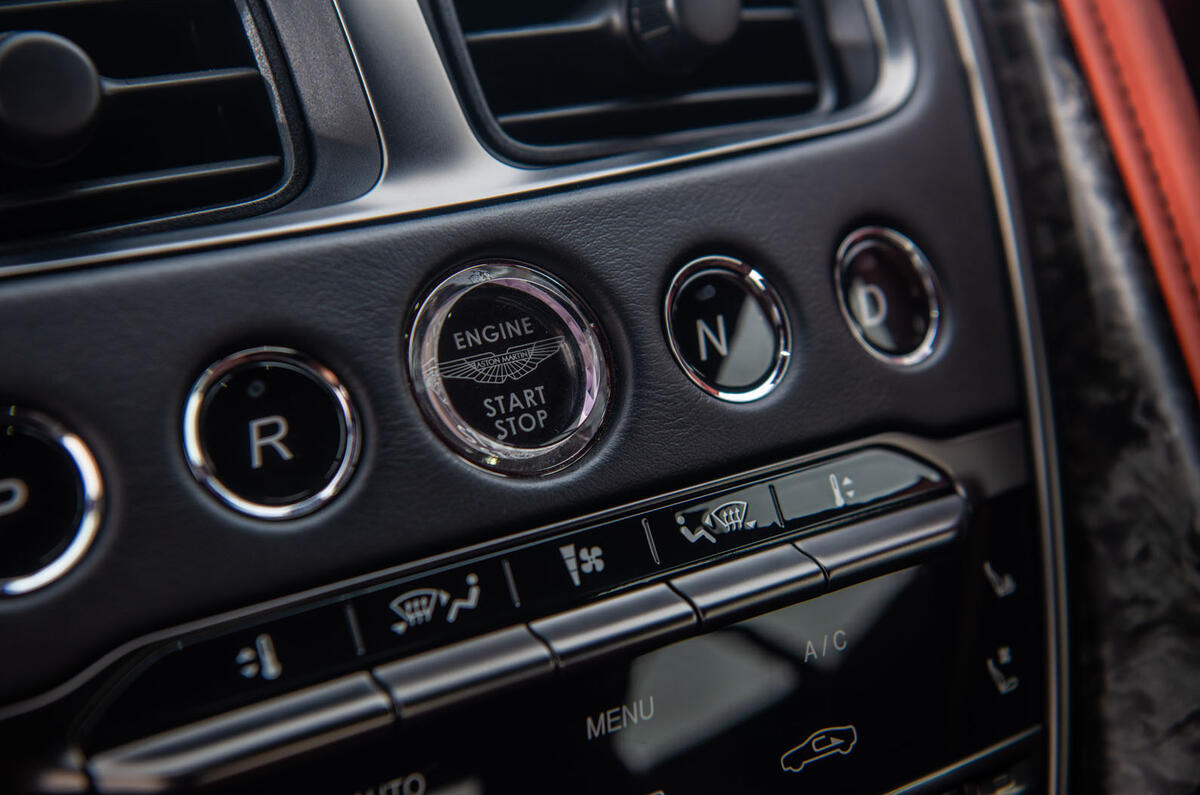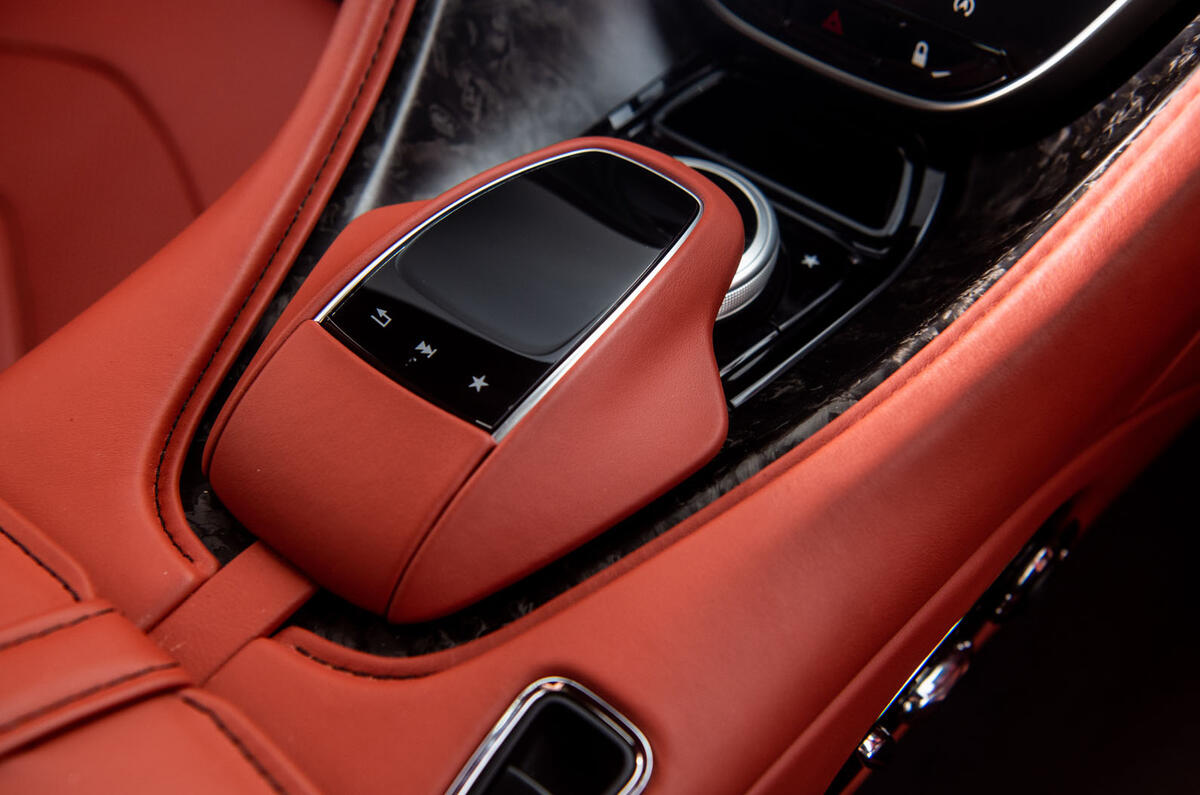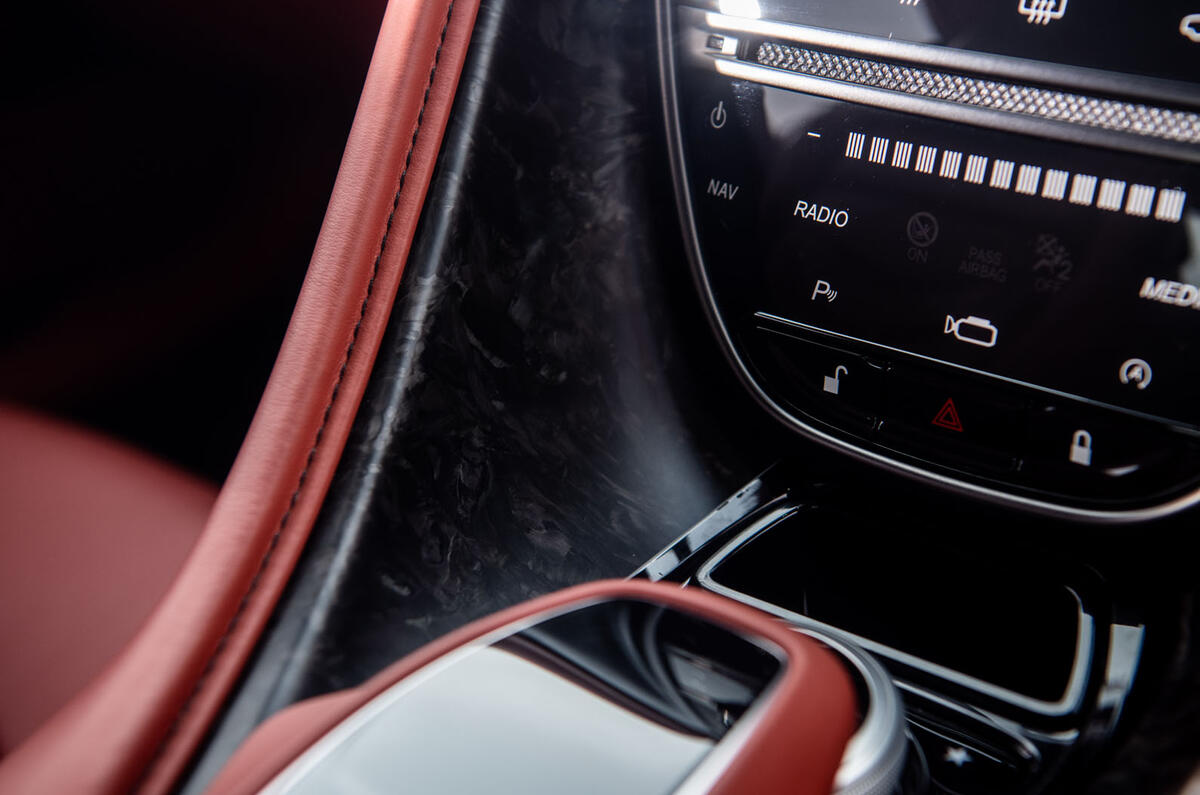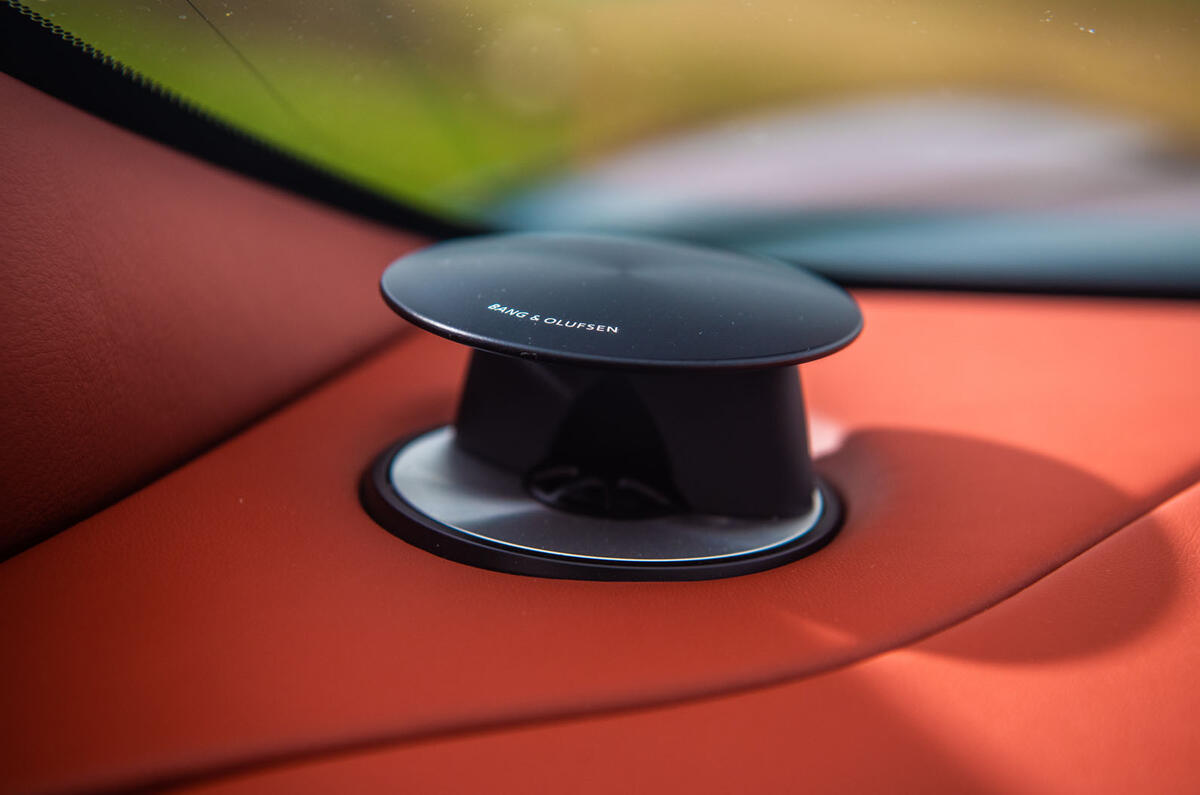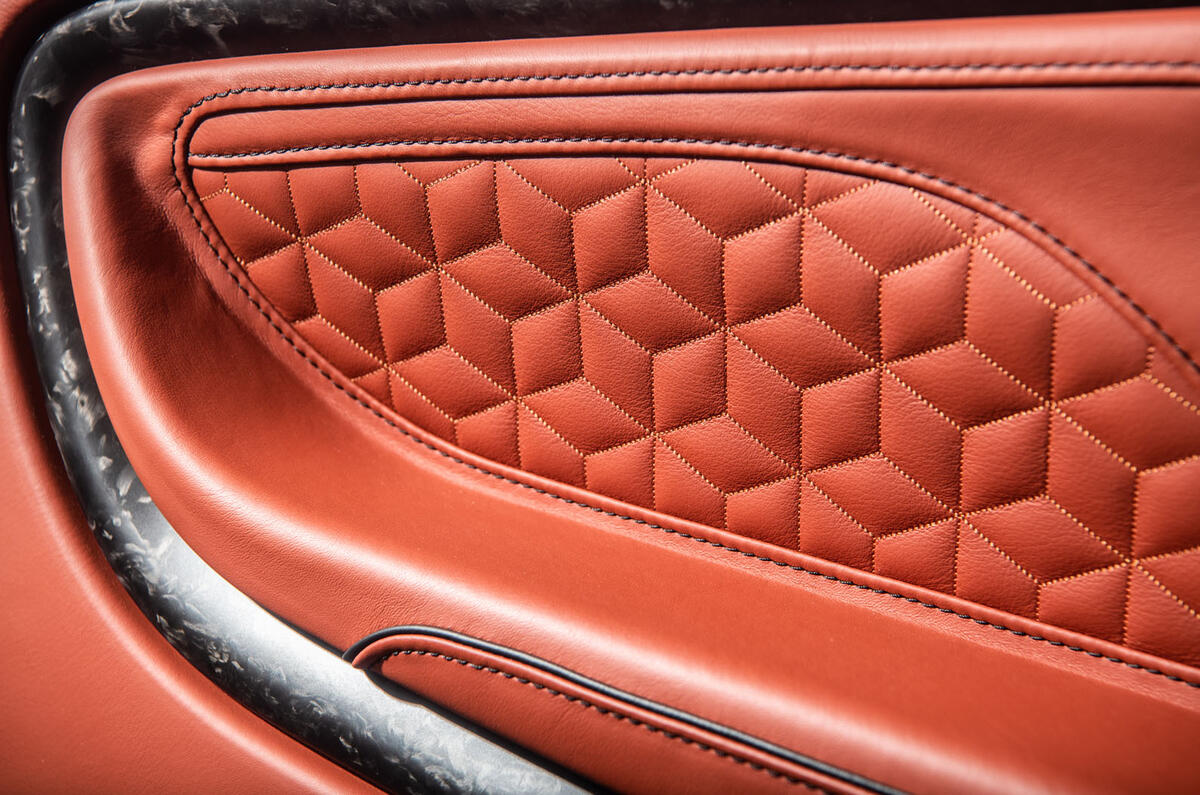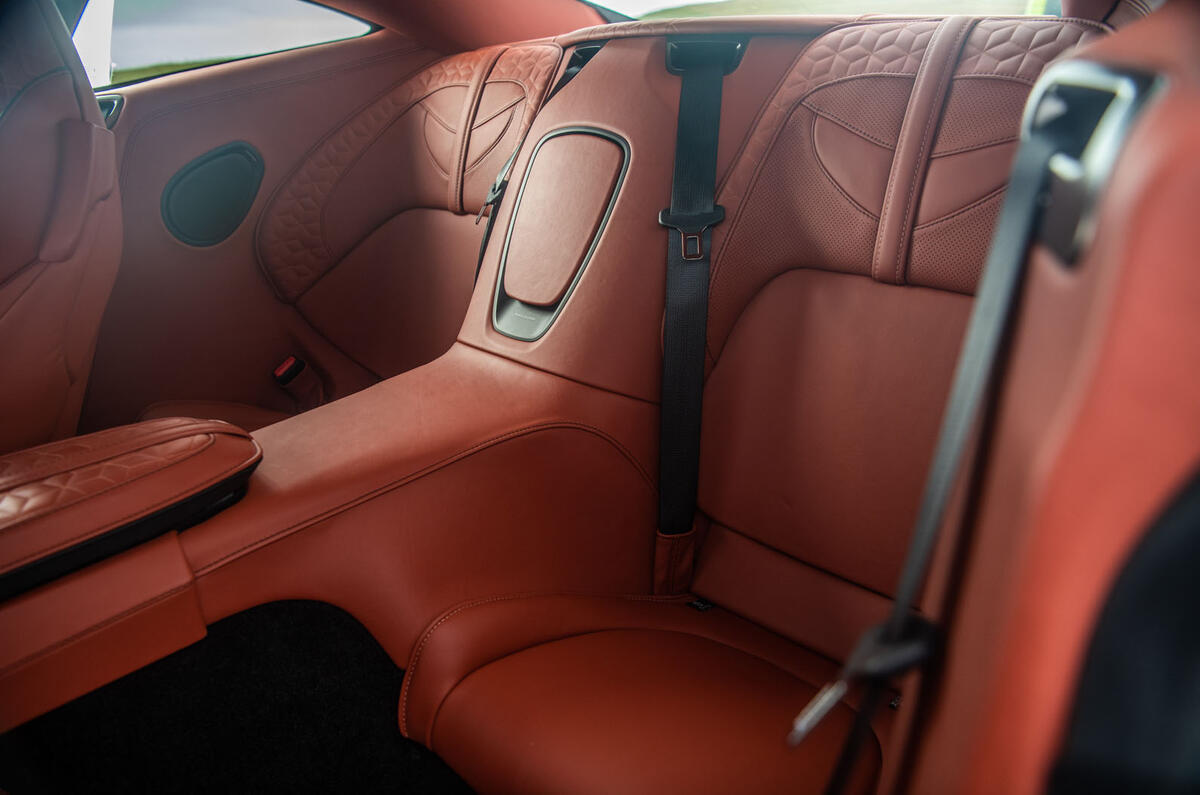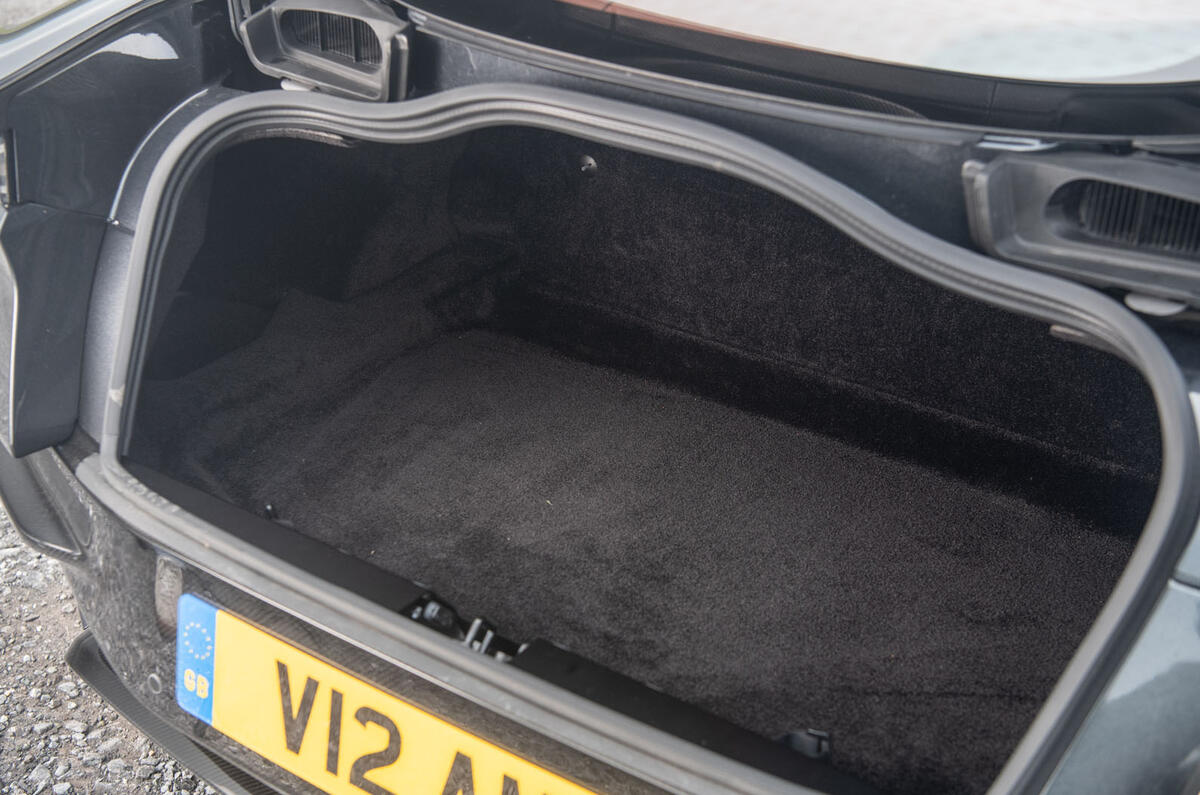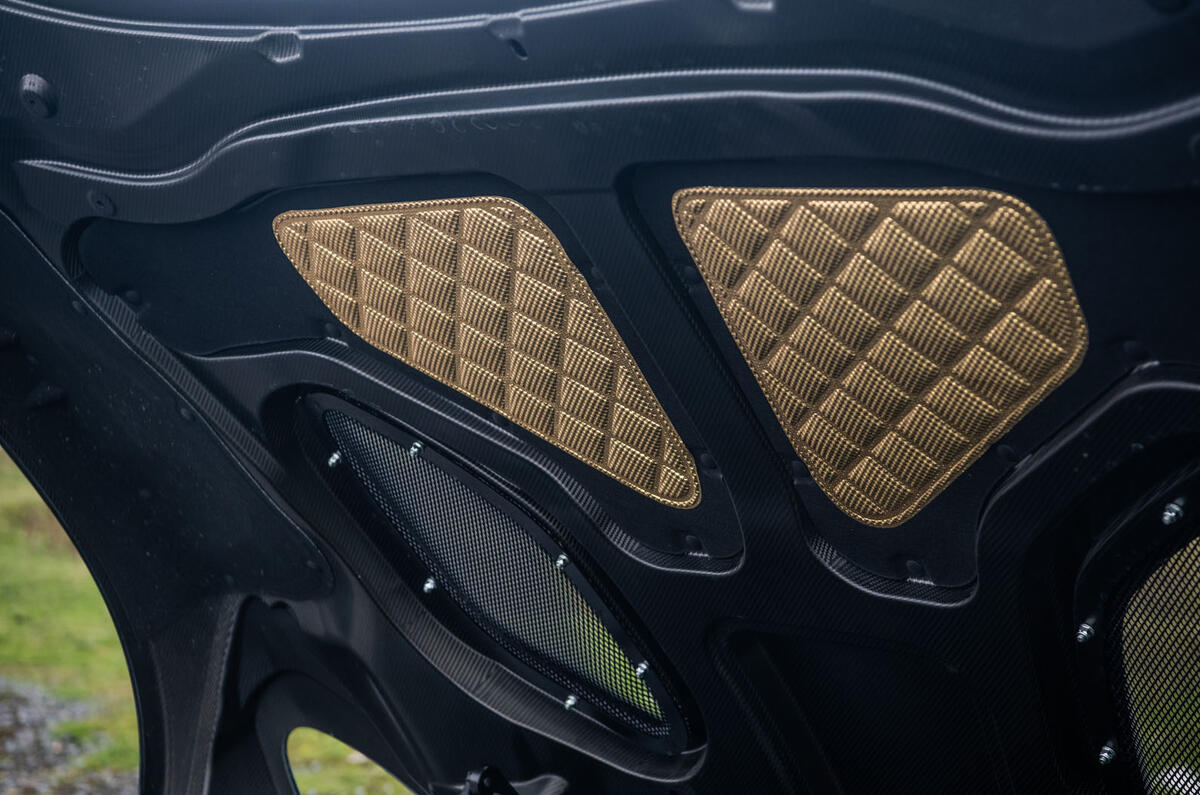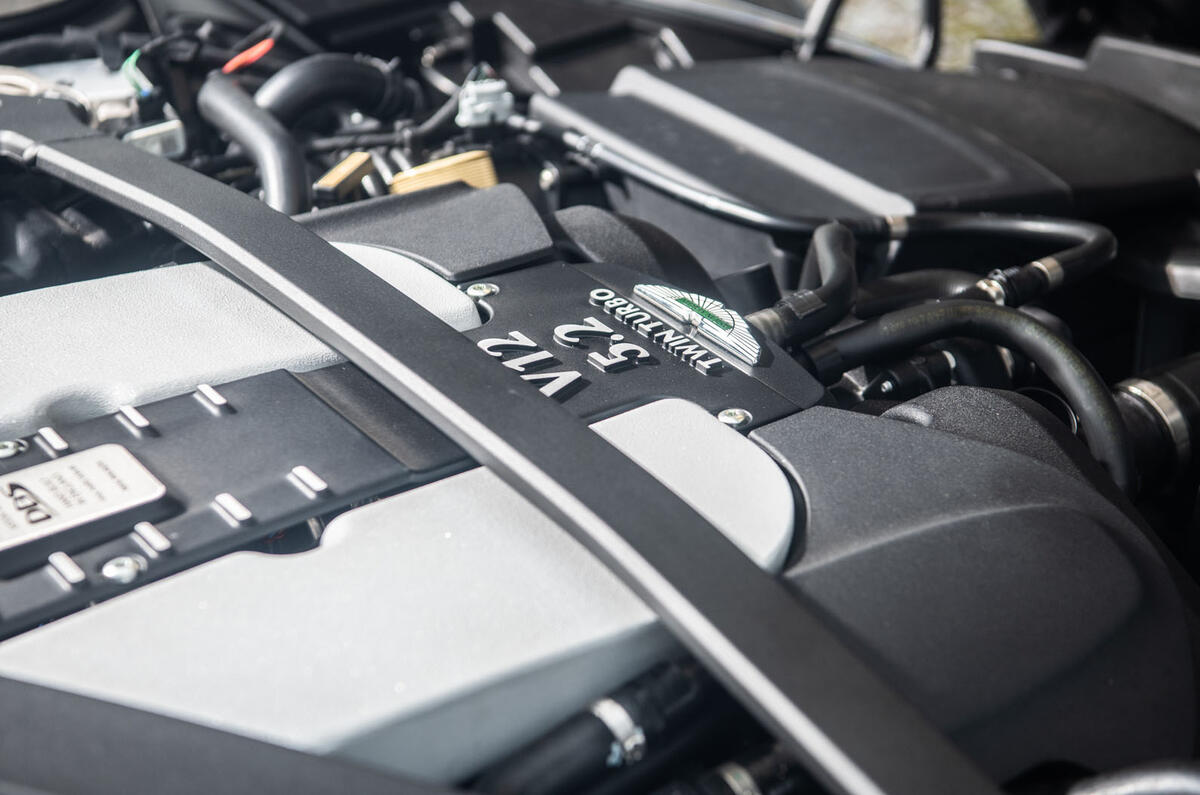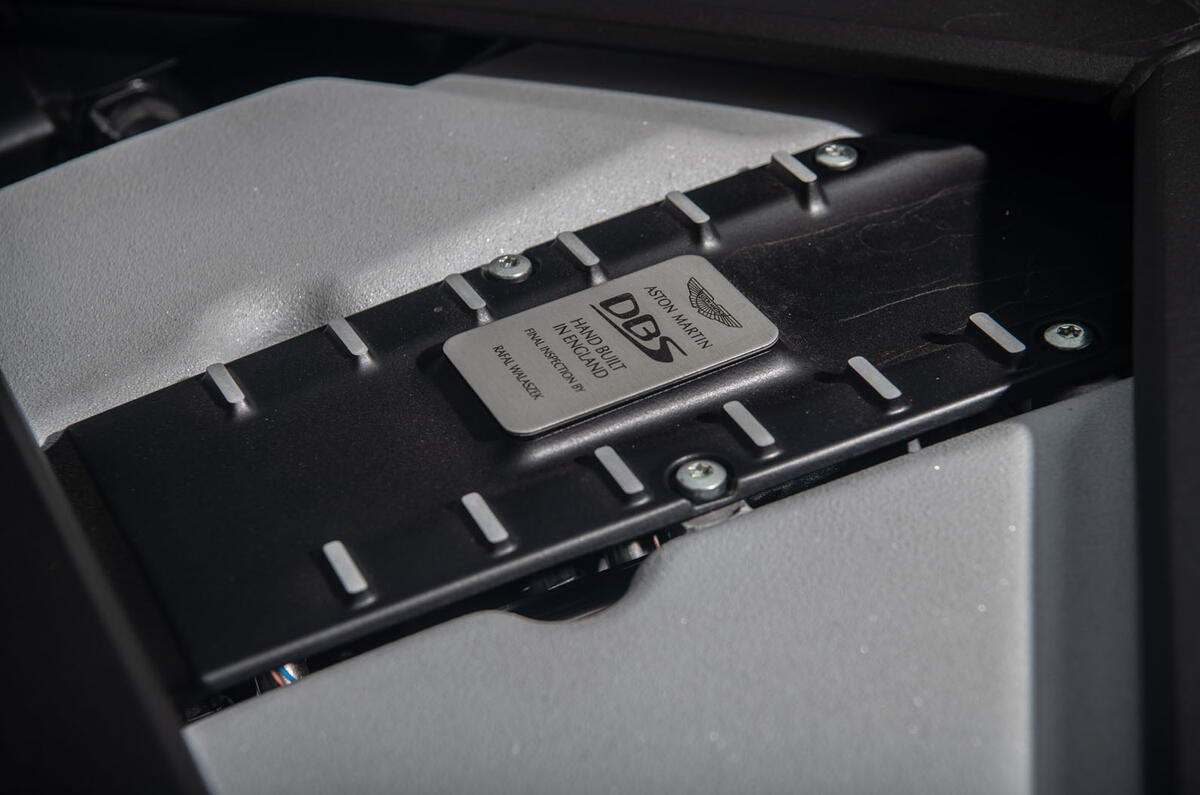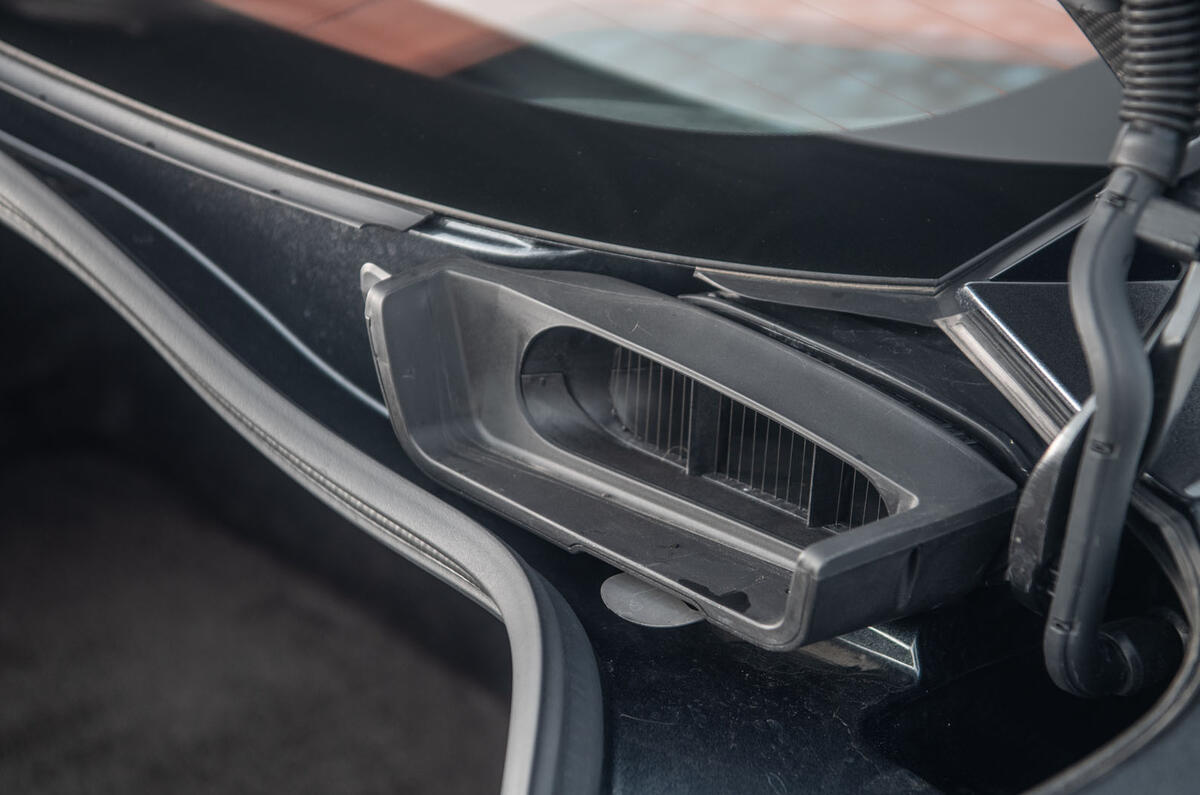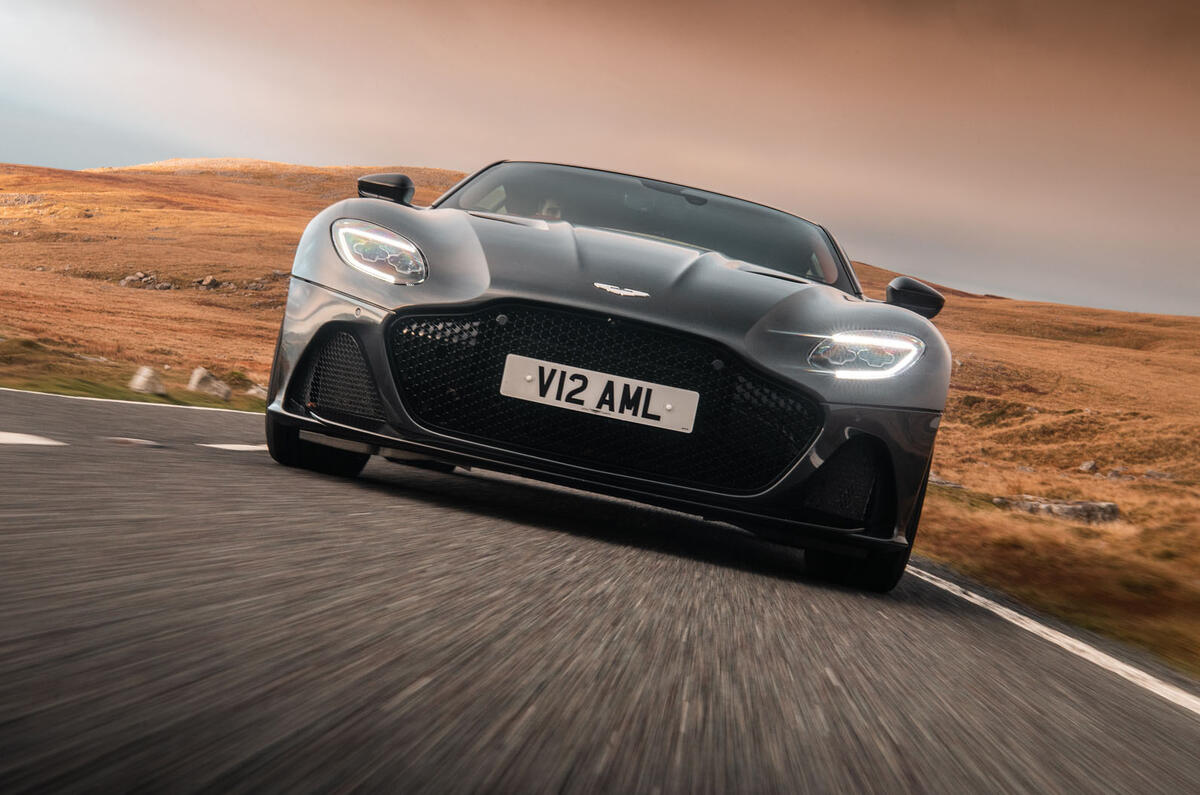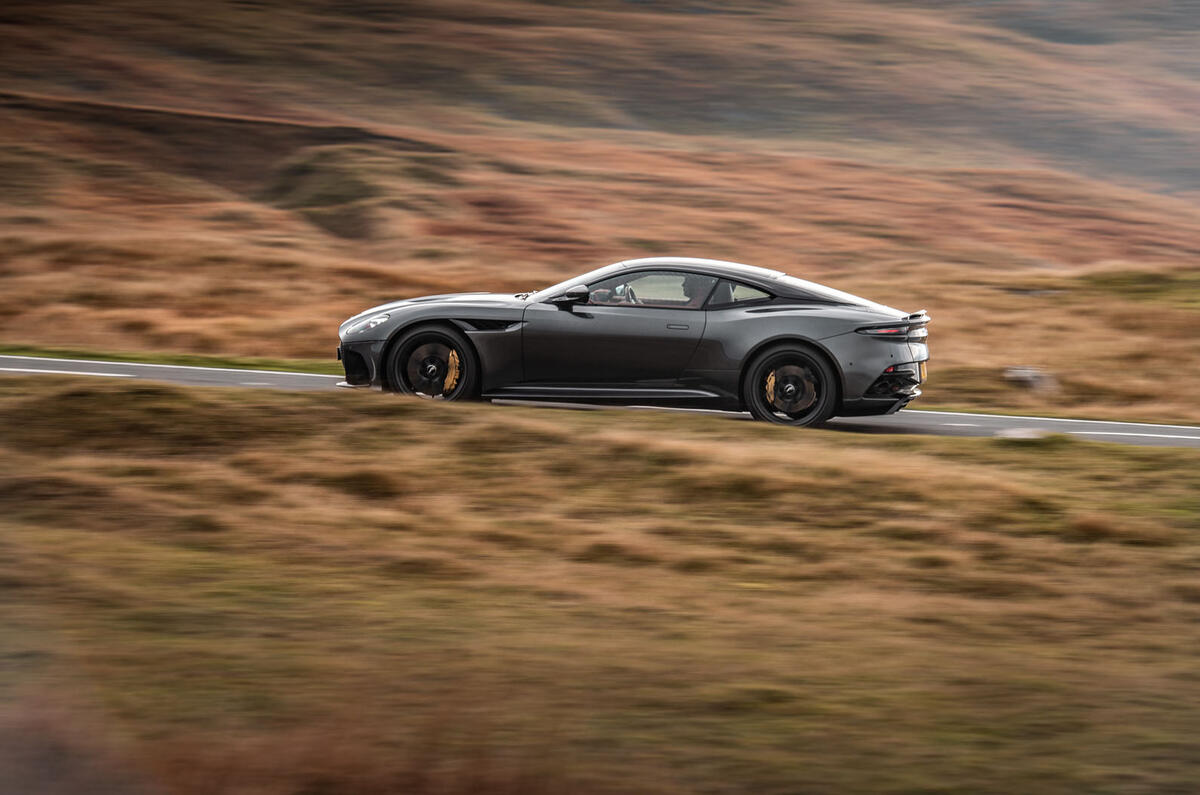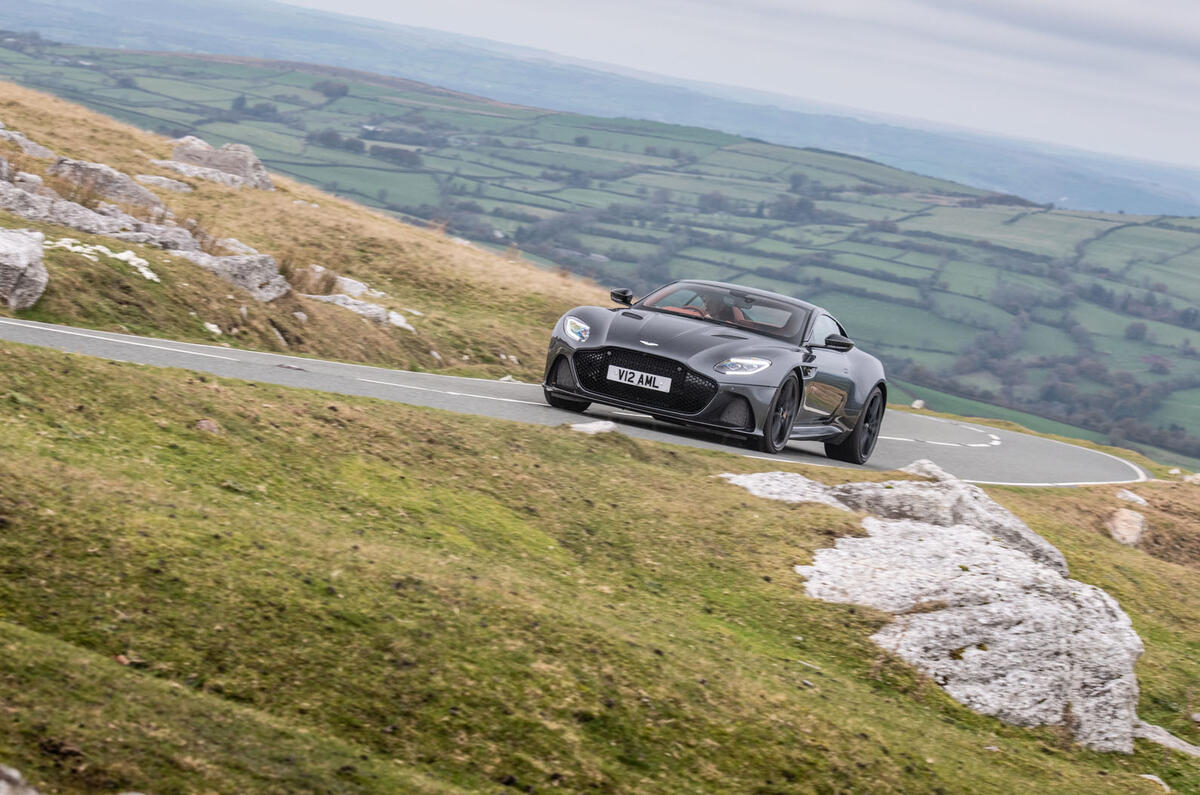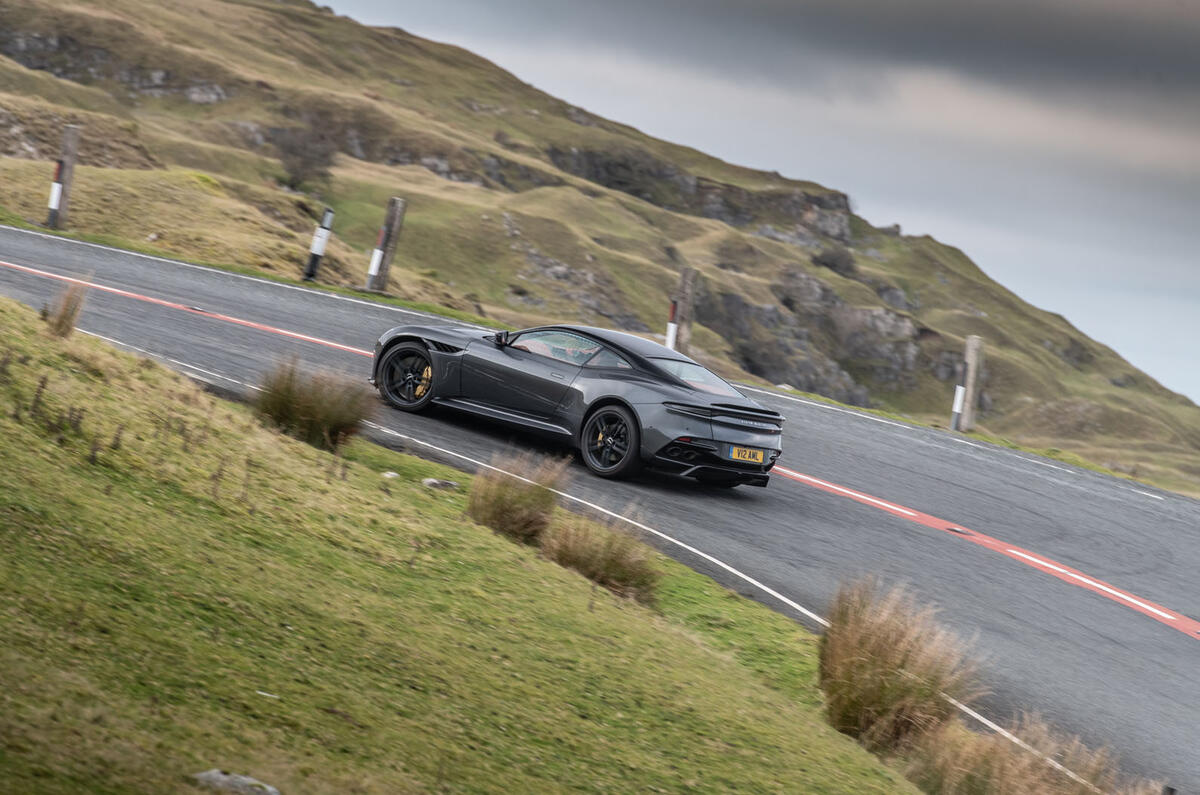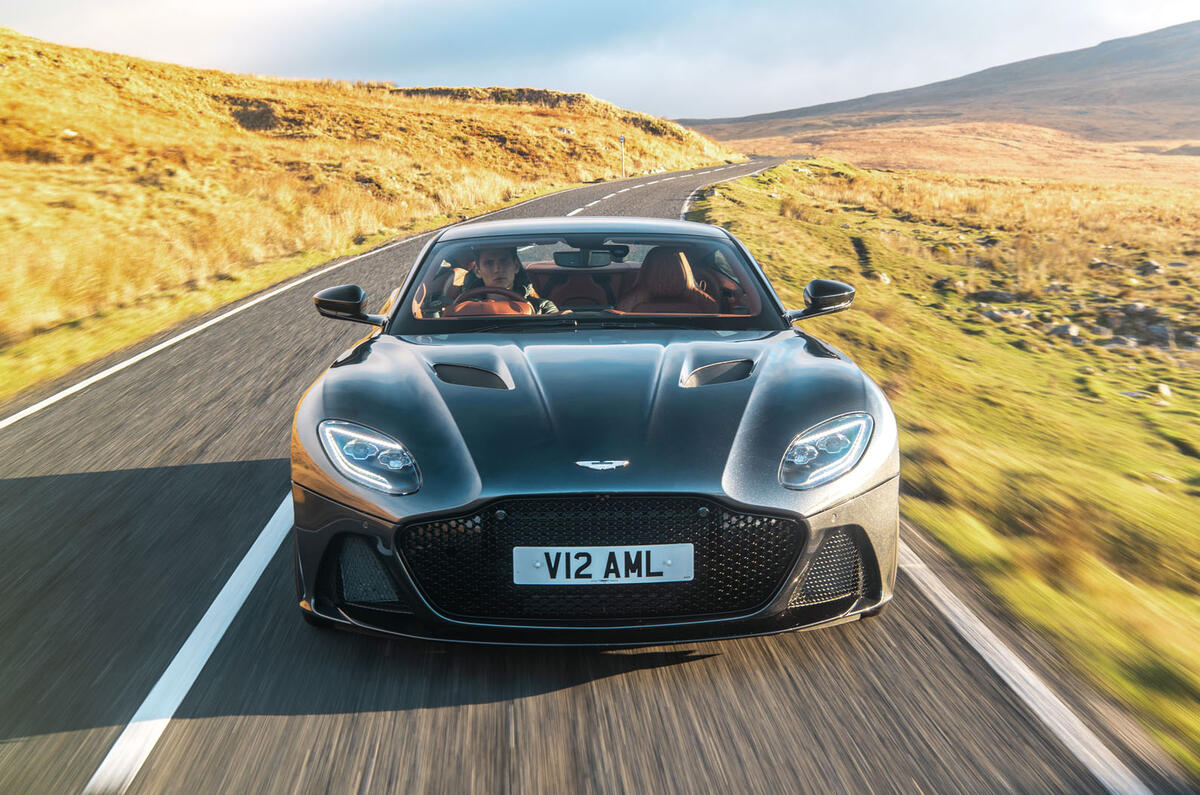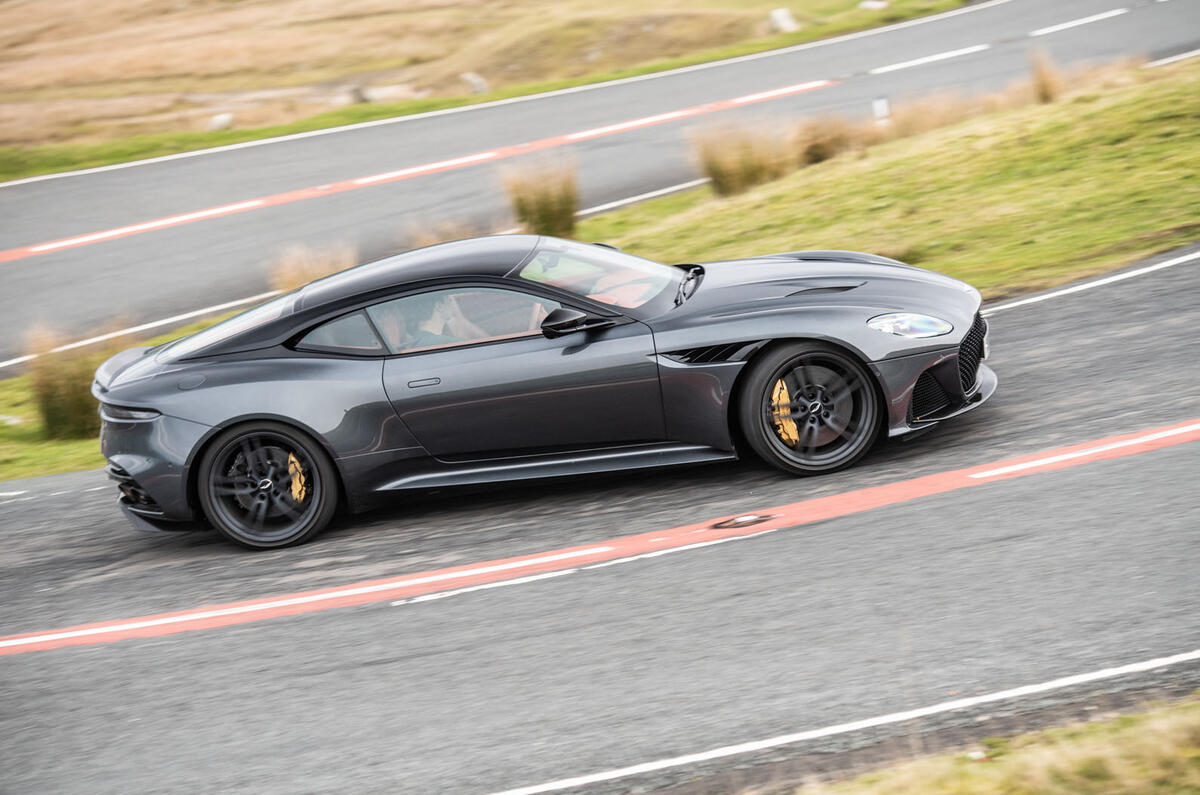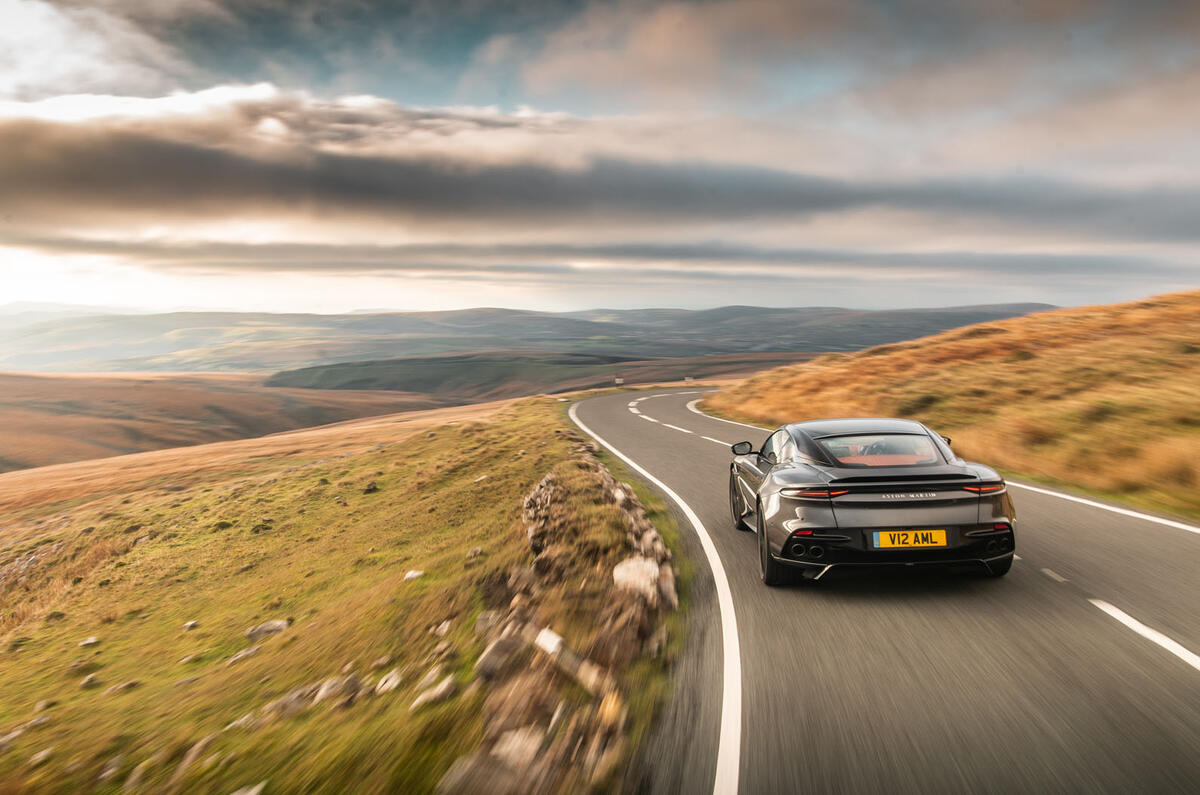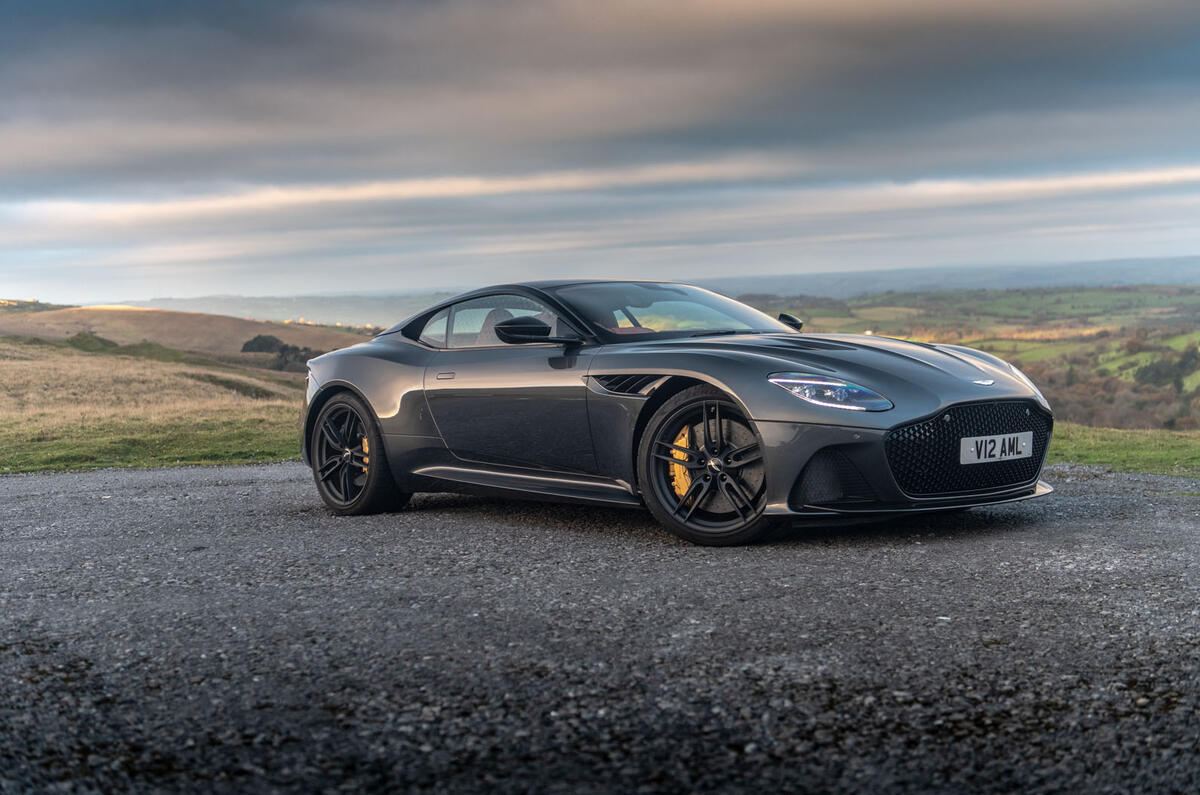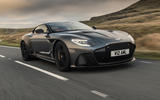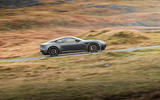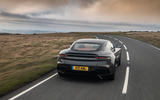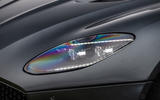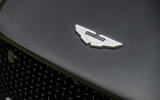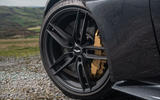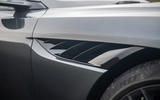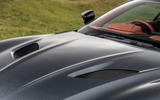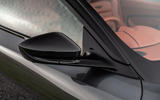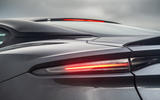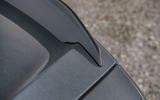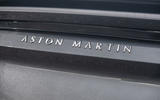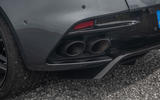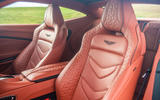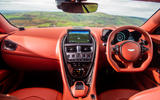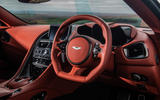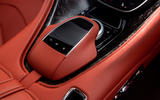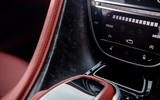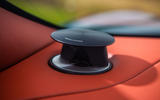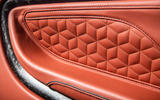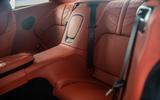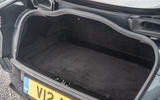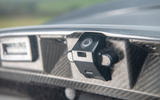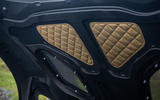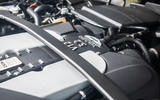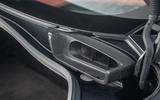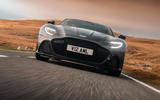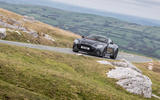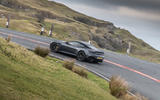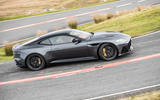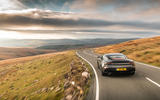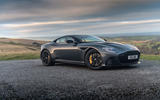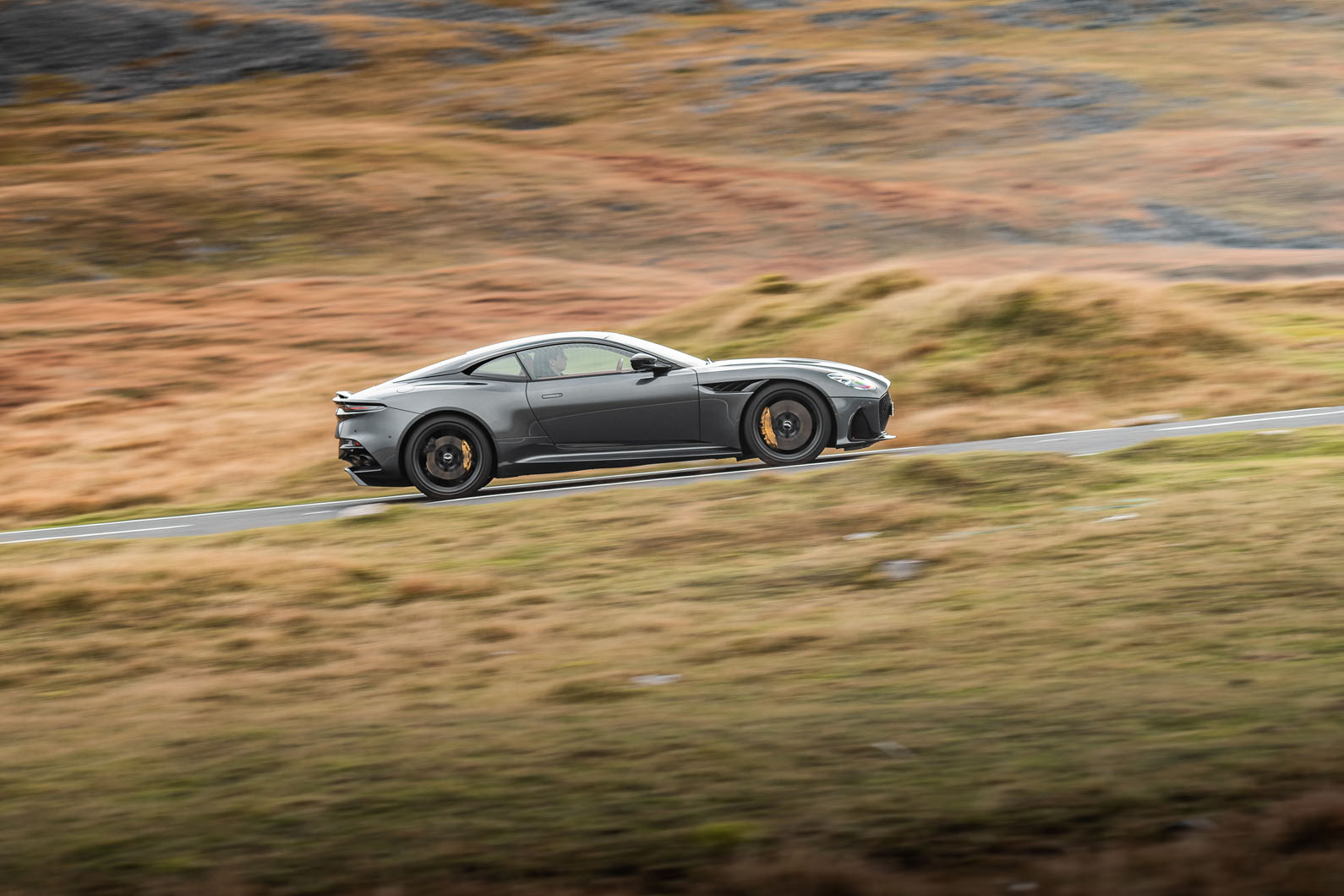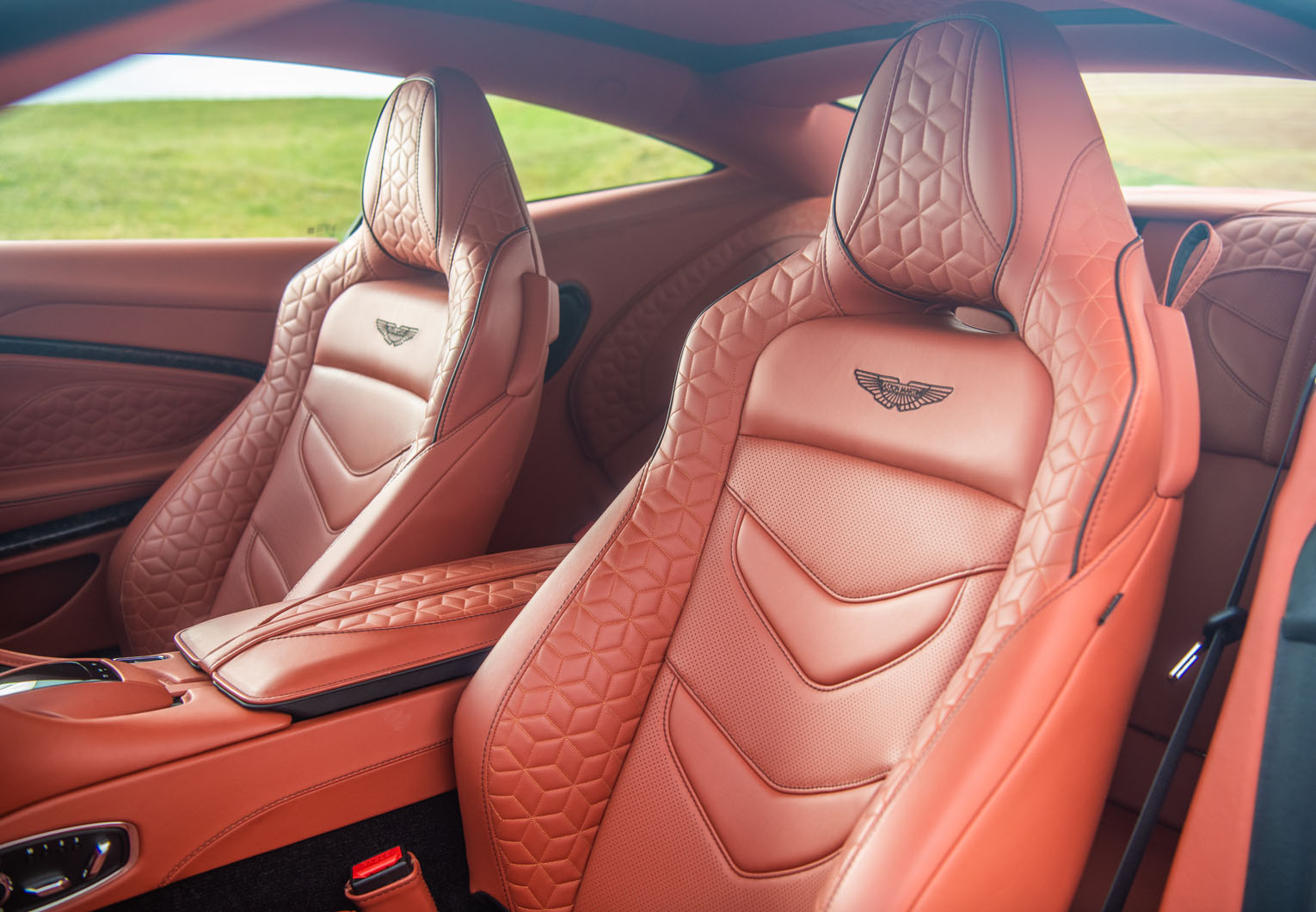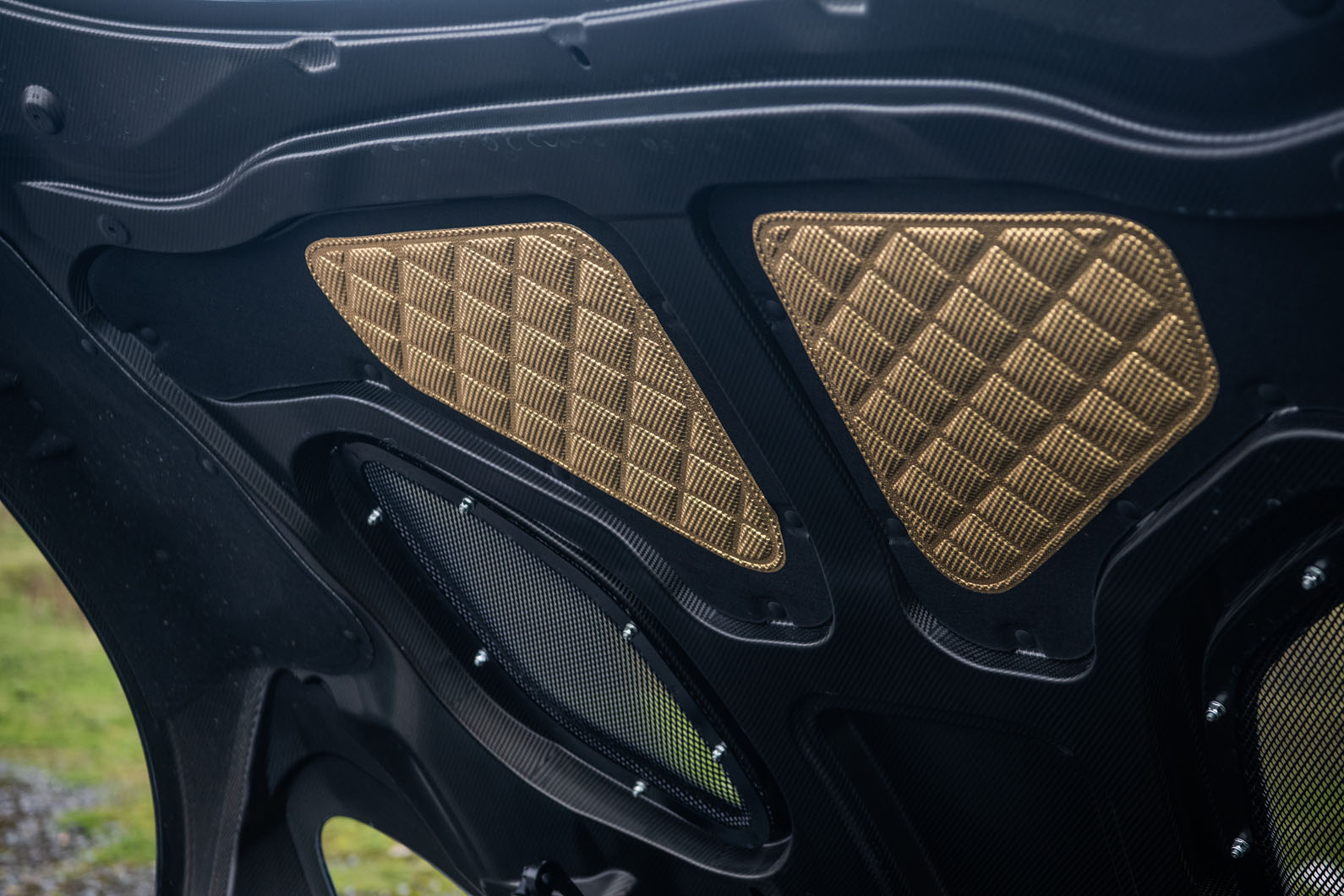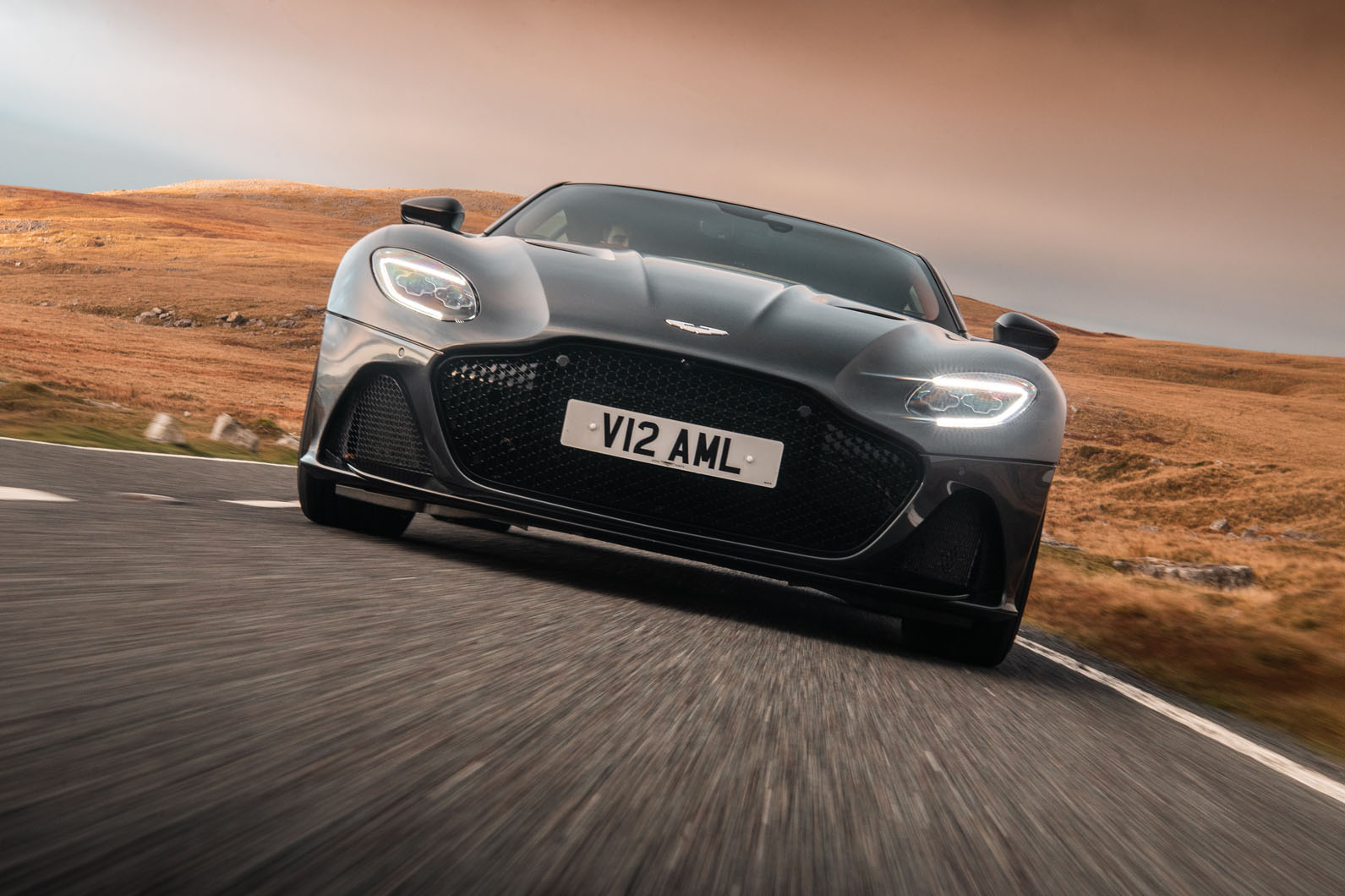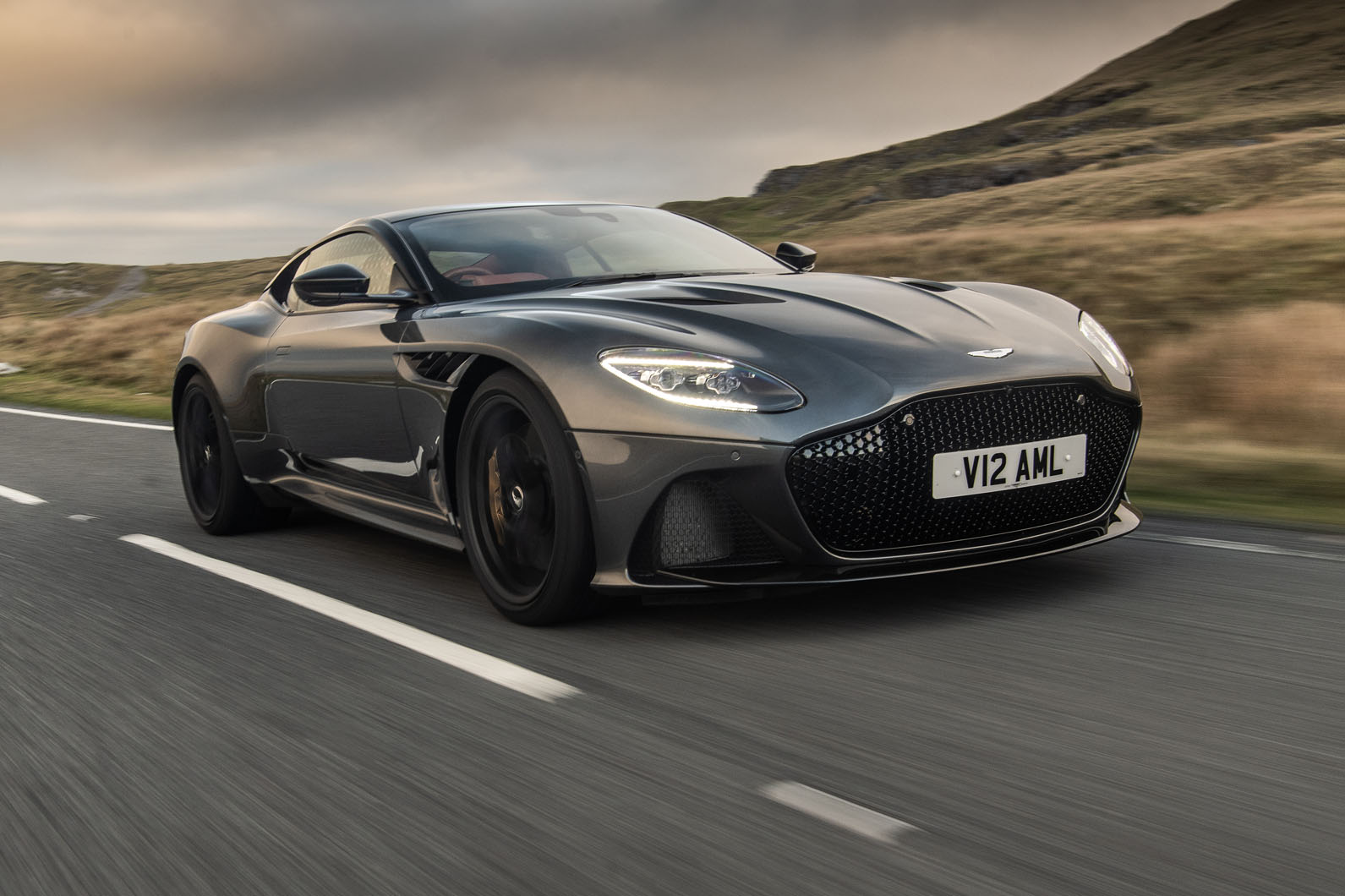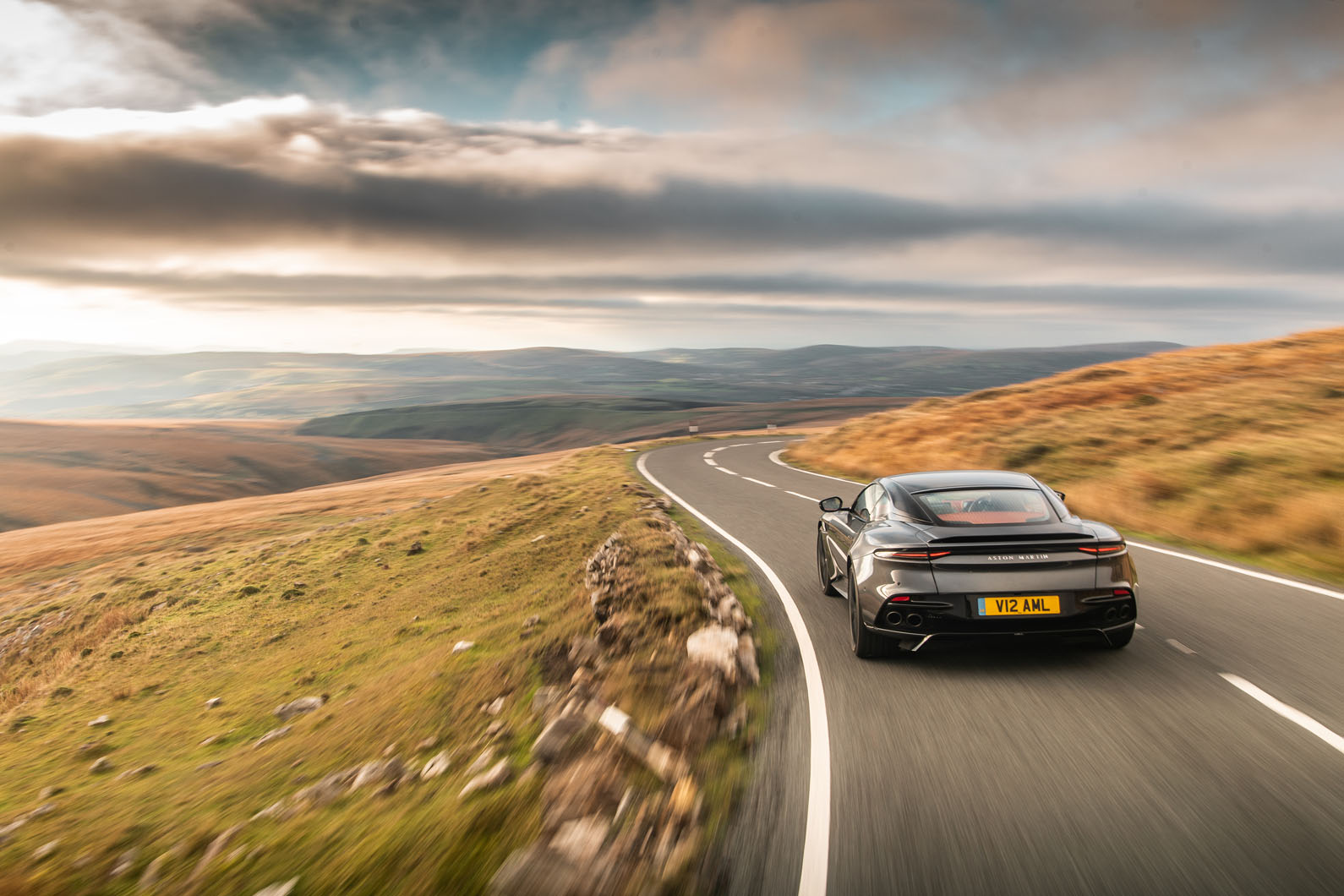Aston Martin hasn’t bothered with a labelled electronic launch control system for the DBS – and on a super-GT rather than a sports car, it would have been a discretionary inclusion anyway.
But Gaydon has programmed a simple workaround into the electronic transmission safeguarding software that allows you to wind just the right amount of revs and torque into the DBS’s driveline for a perfect standing start, for couple of seconds only, while holding the car stationary on the brakes. Really, it’s a de facto launch control system that doesn’t need a separate button or a complicated series of paddle flicks to activate. And it works well enough, without quite giving this car the off-the-line thrust some might expect of Aston’s most powerful series-production model.
Despite launching cleanly on full throttle and with strong enough traction on dry Tarmac, the DBS needs a tenth-of-a-second longer to hit 30mph from rest than the Aston Martin Vantage we tested earlier this year. It matches its smaller, lighter, cheaper sibling’s 0-60mph time to the tenth (3.7sec), and only then begins to assert its authority in the way you might expect it to, cracking 100mph from rest almost a full second sooner than the Vantage, and 150mph from rest a scarcely believable nine seconds sooner.
If the car had matched Gaydon’s 3.4sec 0-62mph claim, it probably wouldn’t have needed such prevailing speed to show what 700 horsepower can do for a modern front-engined Aston. And yet, judging by the standards of all super-GTs currently on the market save one, this is still an exceptionally fast car.
That a Ferrari 812 Superfast is more than a second quicker to 100mph cannot go unmarked here – although the highly strung compromises the Italian imposes in order to deliver that dynamism will hardly need repeating to regular readers.
And yet in terms of in-gear roll-on acceleration of the sort that keen drivers commonly take an interest in when exploring the performance character of an A-list V12 engine in the real world, the boot’s on the other foot – because it’s often the DBS that would eke out an advantage over the 812. From 30-70mph in fourth gear, from 40-80mph in fifth and from 50-90mph in seventh, it’s the Brit that’s the faster-accelerating car of the two – and that’s in spite of also being the heavier of the two, and the more mechanically overdriven in its higher intermediate gears.
Unsurprisingly, then, it’s the sense of hugely muscular, accessible, effortless in-gear thrust that the DBS provides that appeals most about it when you’re bowling along out of town. The car’s transmission doesn’t always tap into that roll-on performance smoothly or to best effect, occasionally fumbling shifts in automatic mode to deliver them lazily or a touch clumsily.
But pick the ratios yourself, as you’ll probably be minded to anyway given there’s an engine of such outstanding breadth of potency at your command, and you’ll be amazed at how nonchalantly this big coupé picks up really big speed. It’s the sort of quality that befits a long-striding super-GT perfectly, but that few possess to such an abiding extent.



